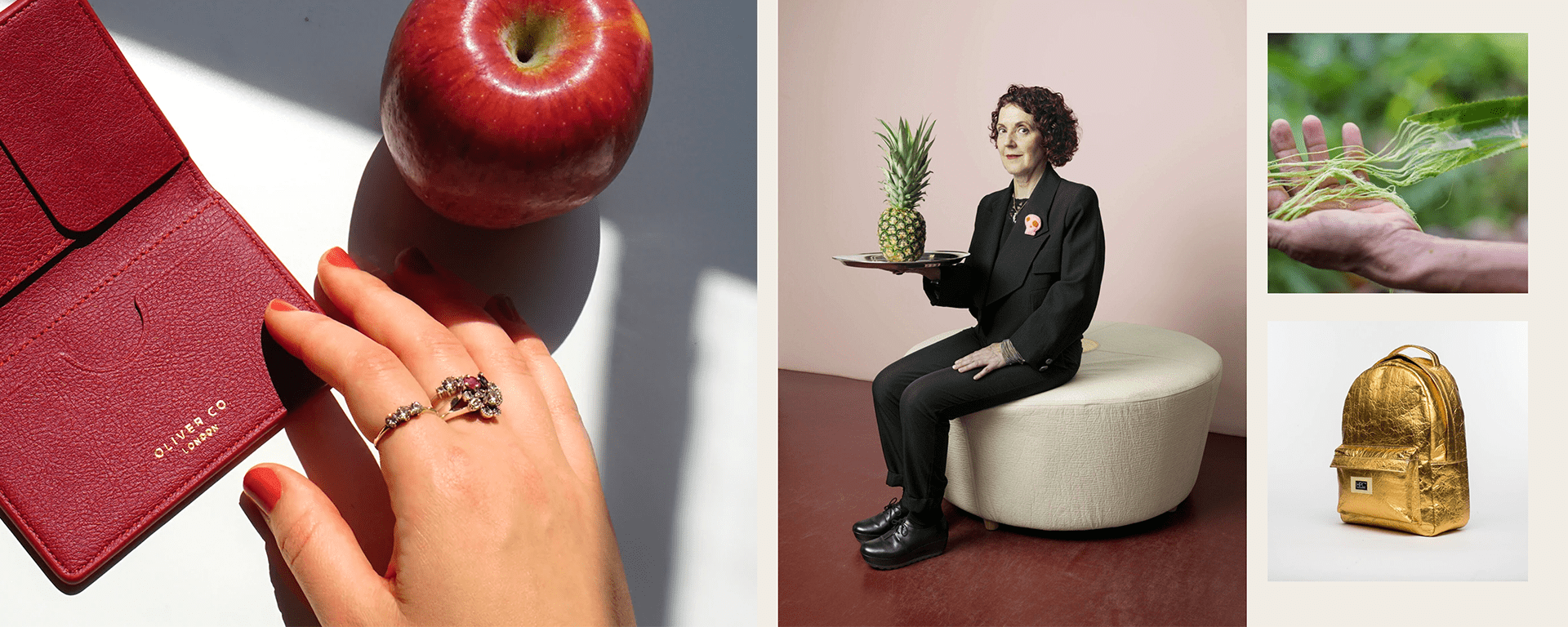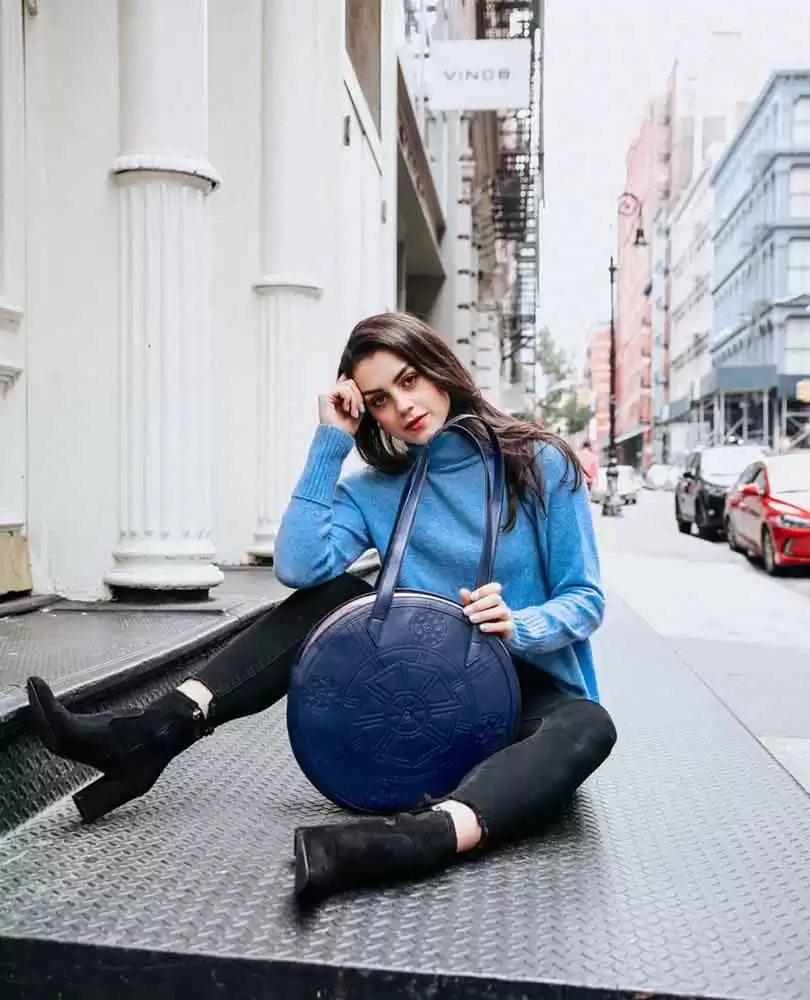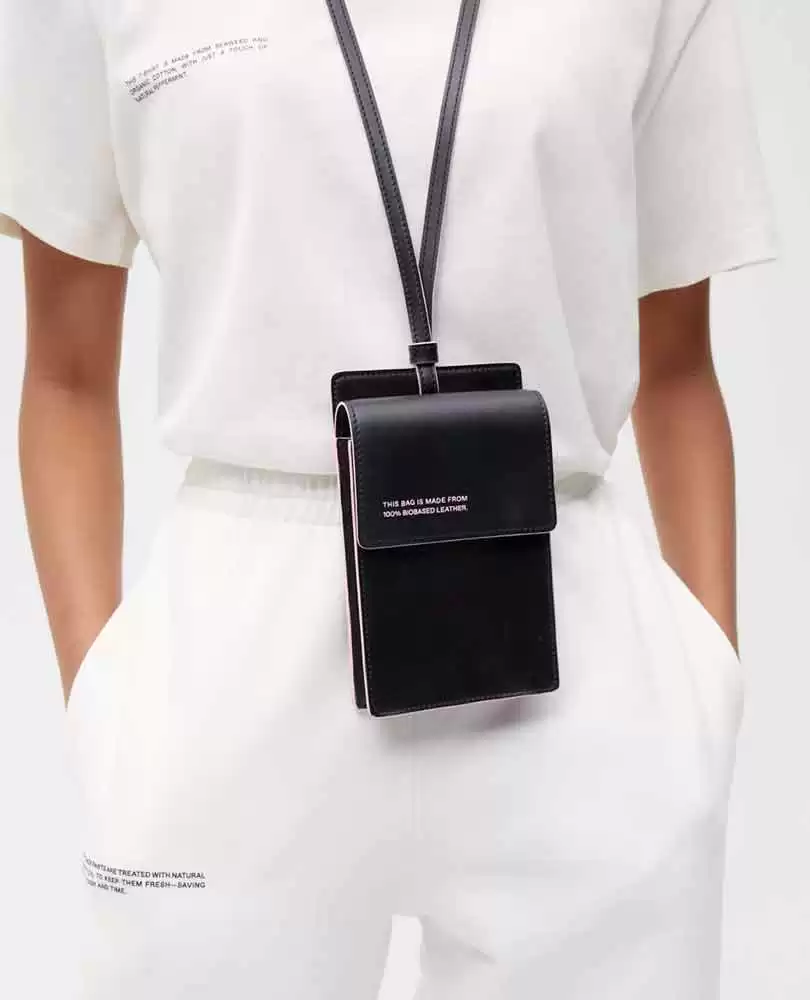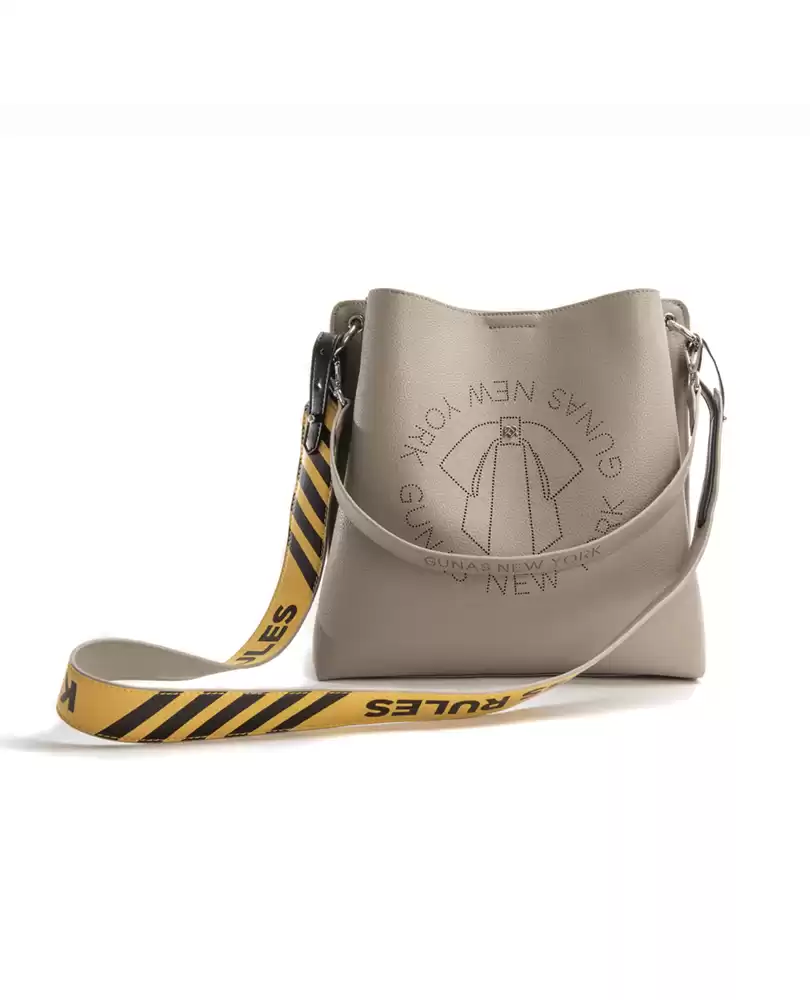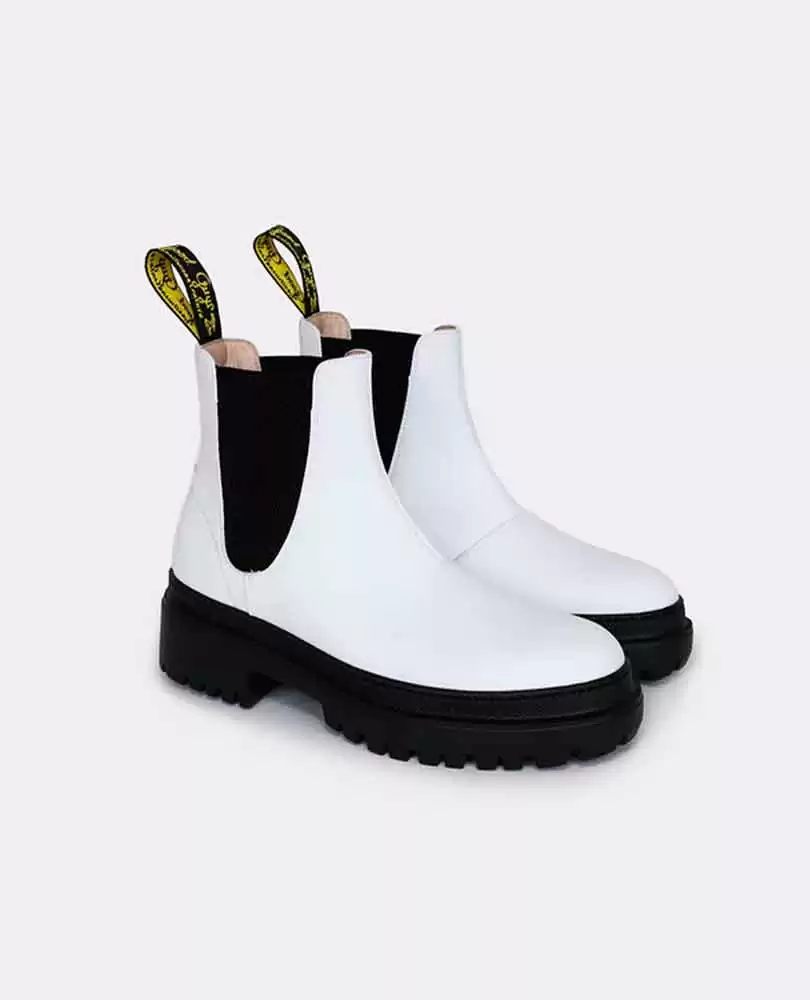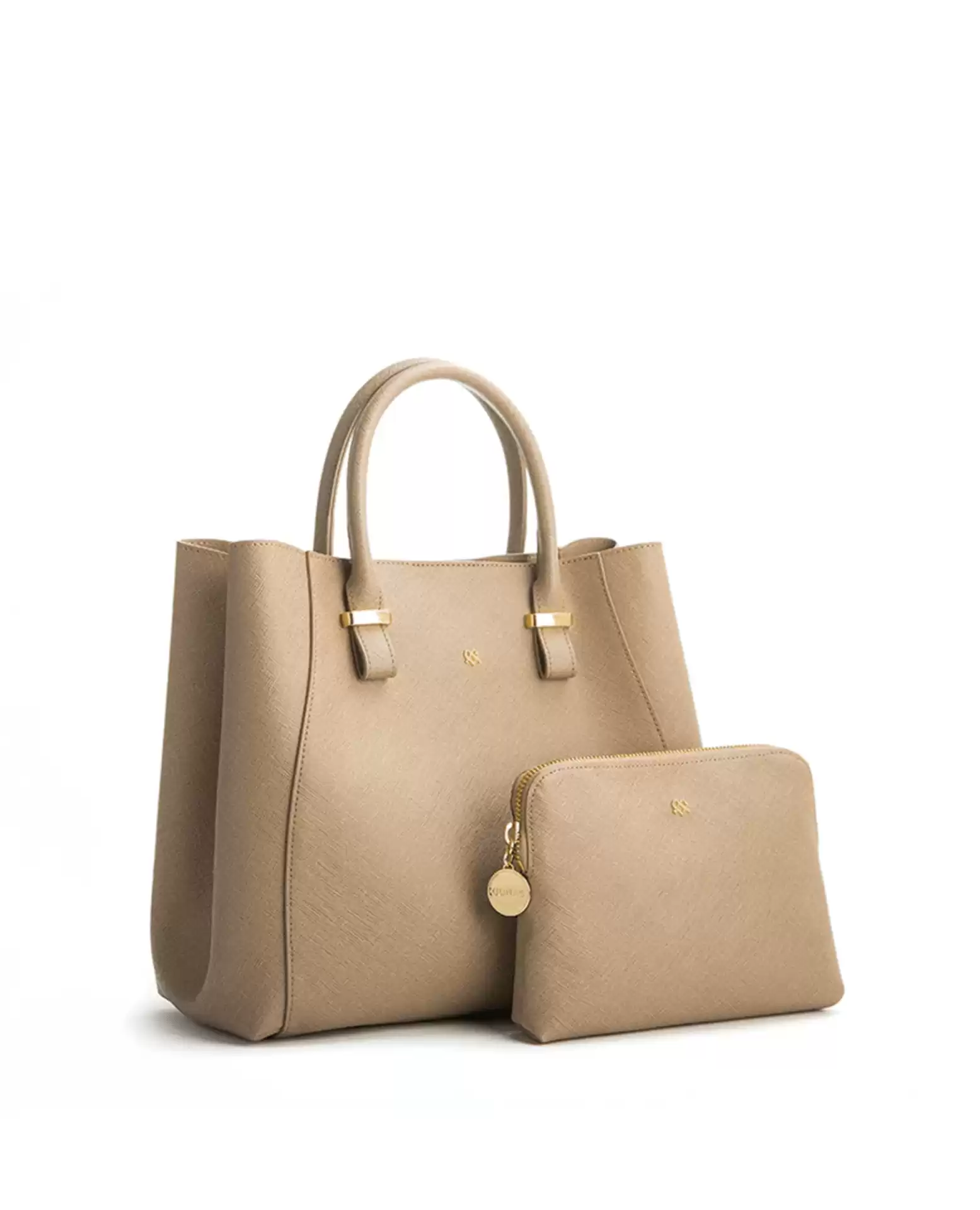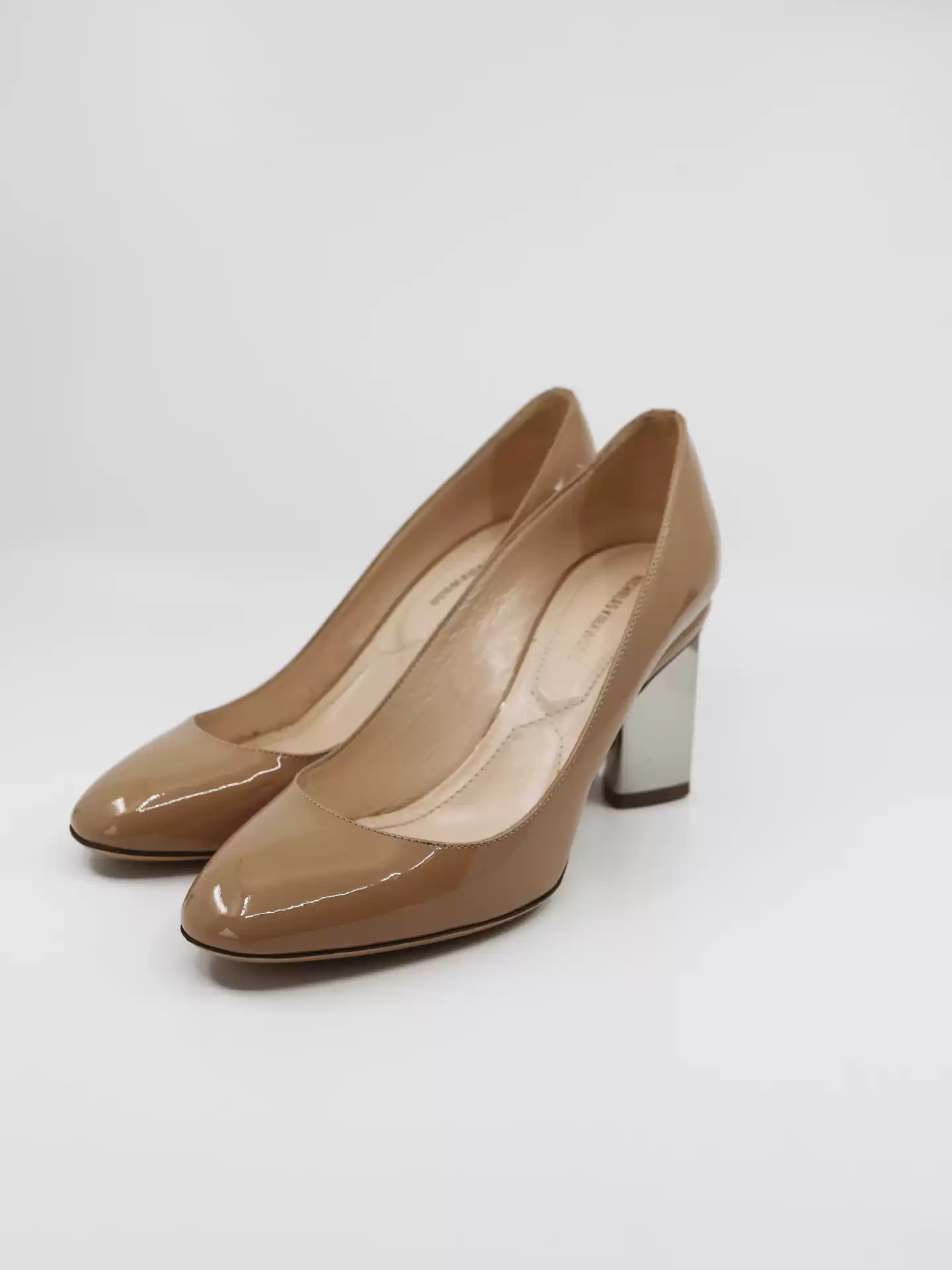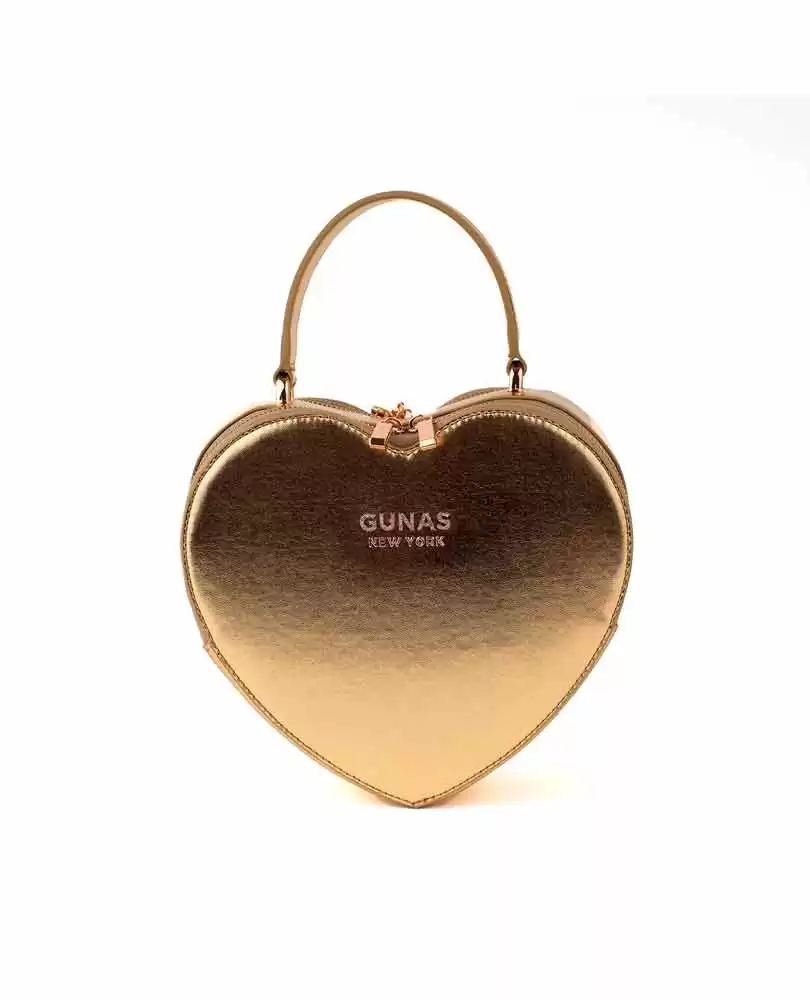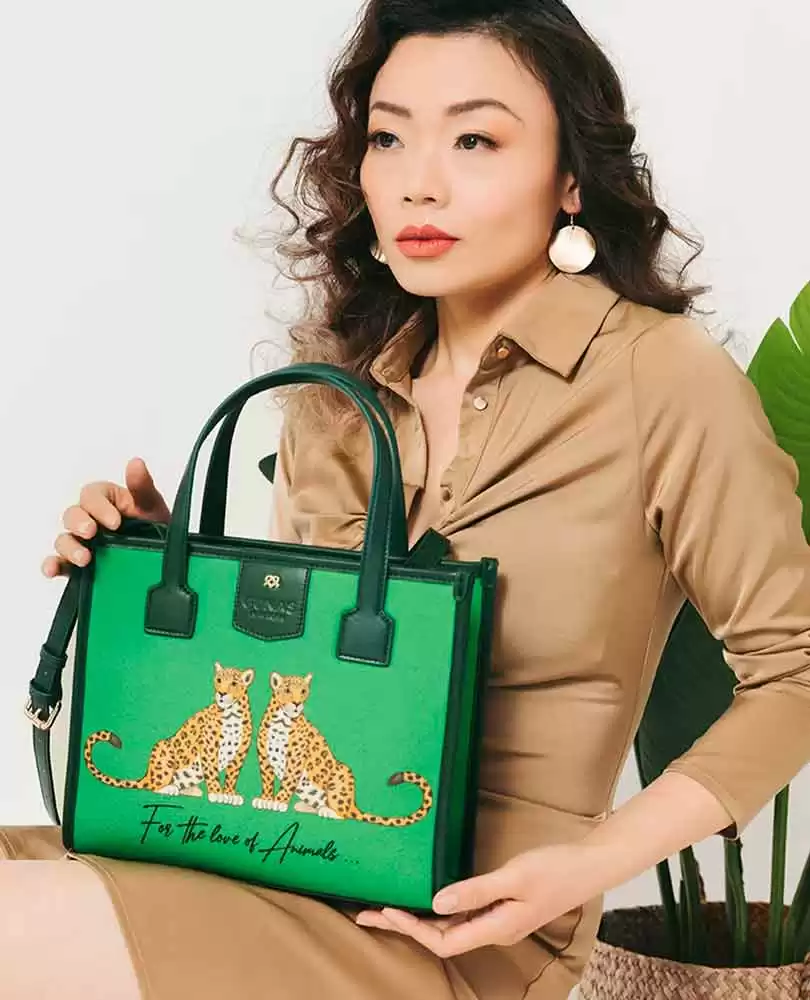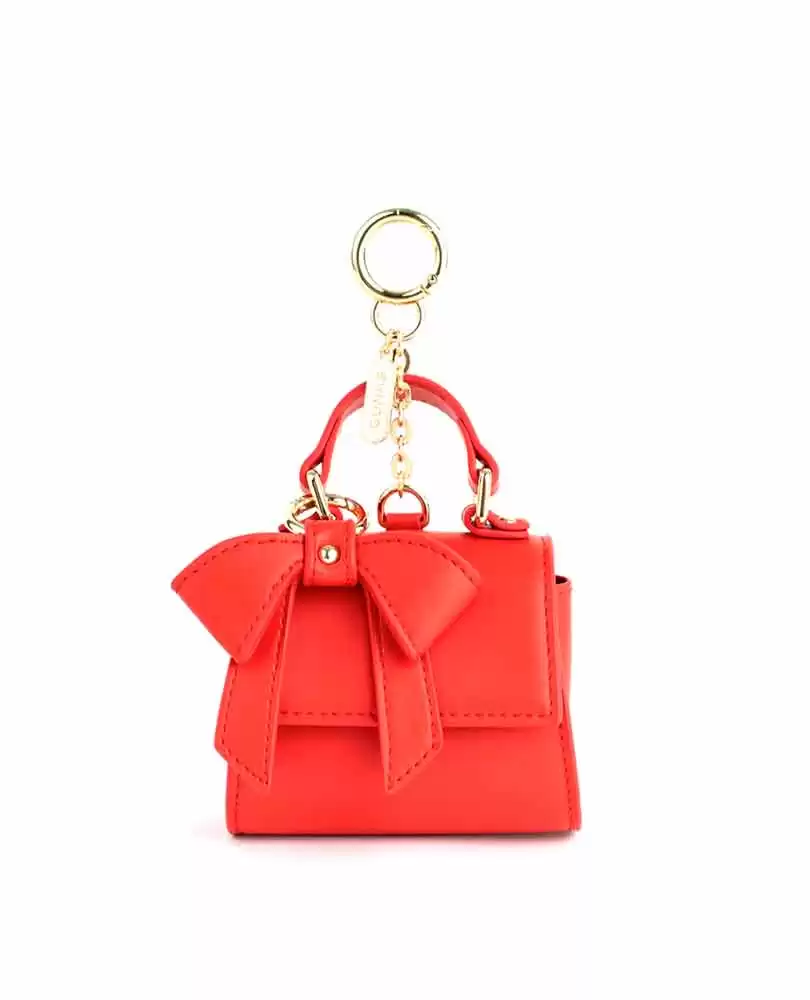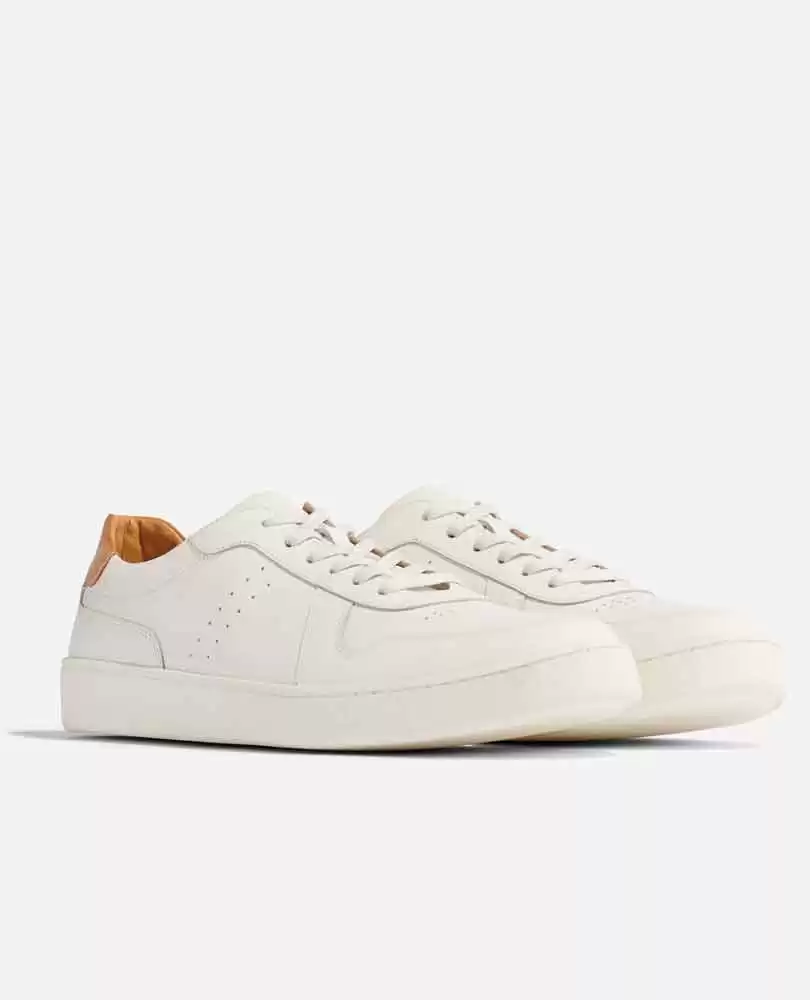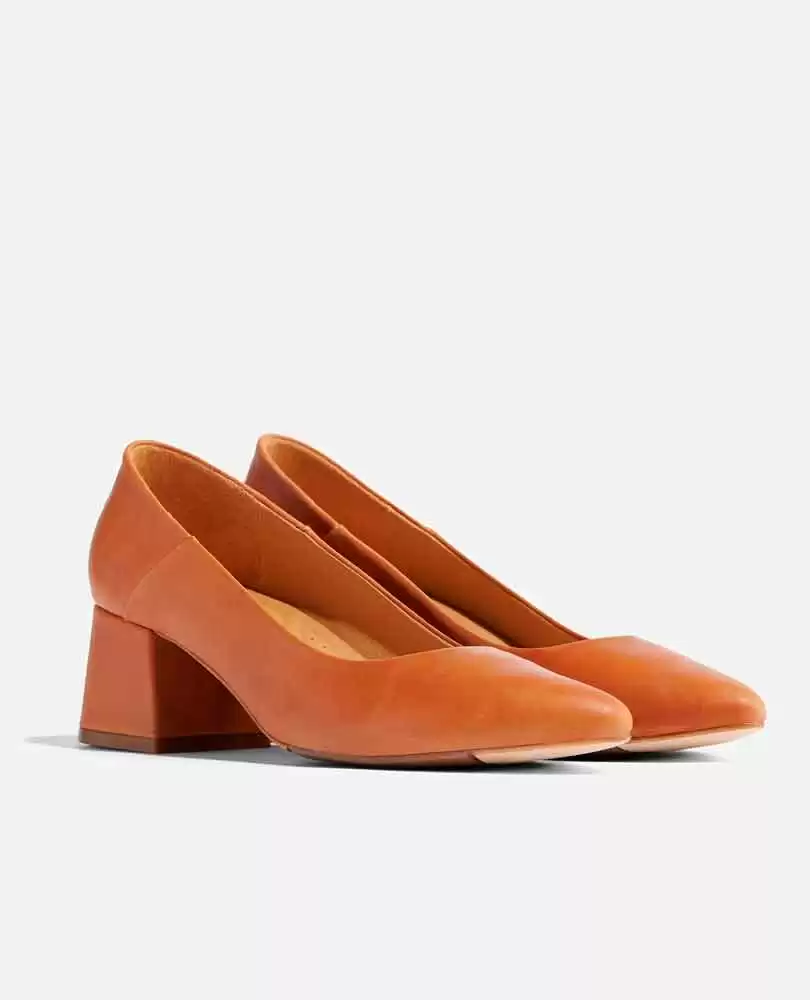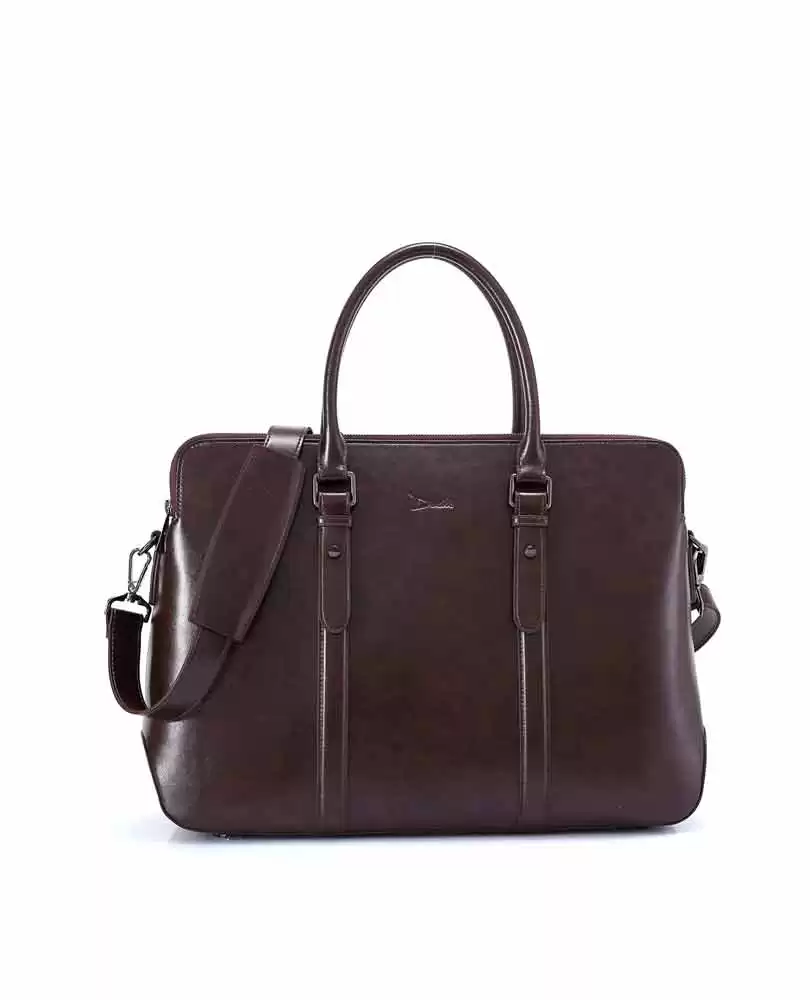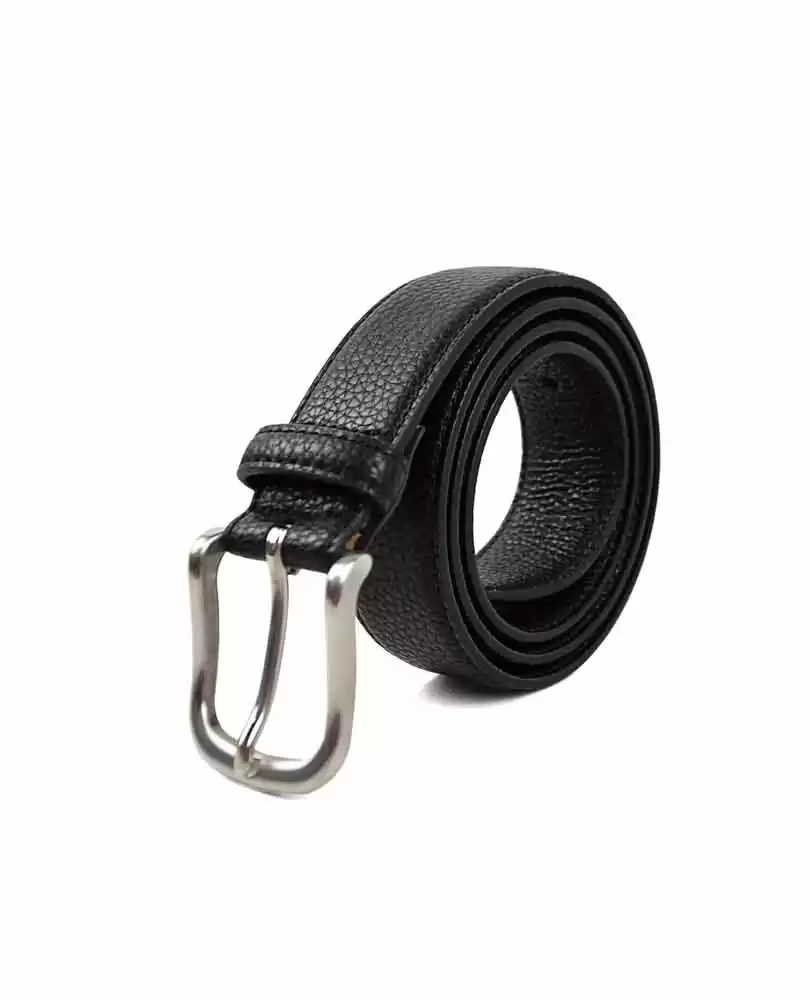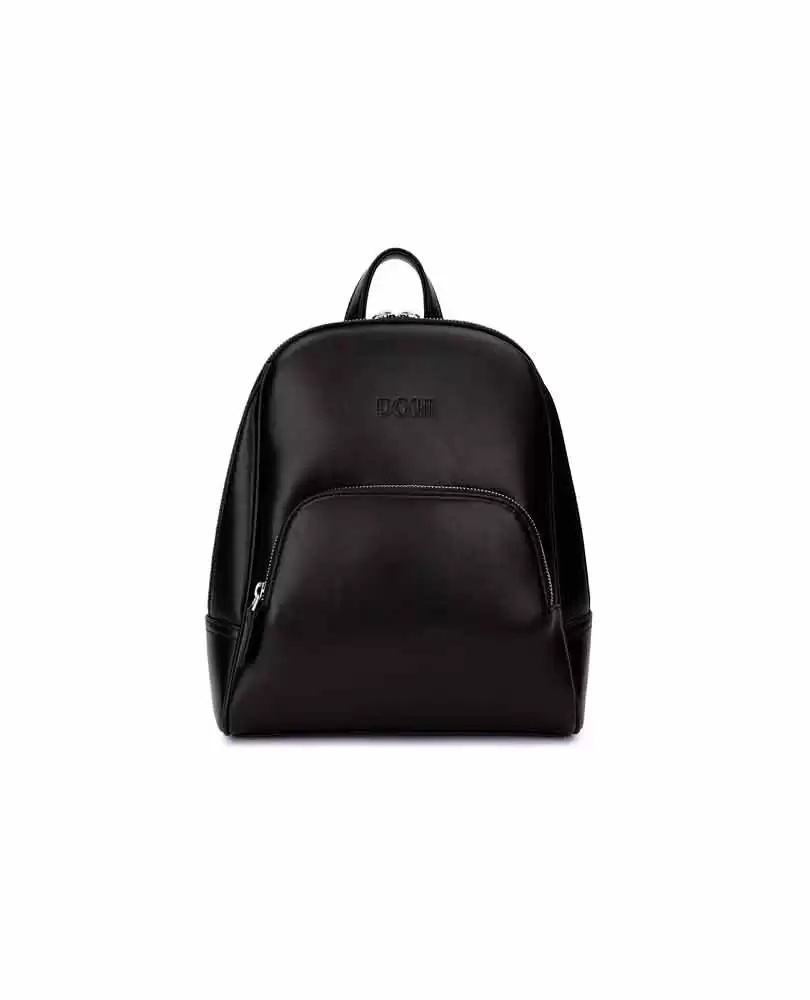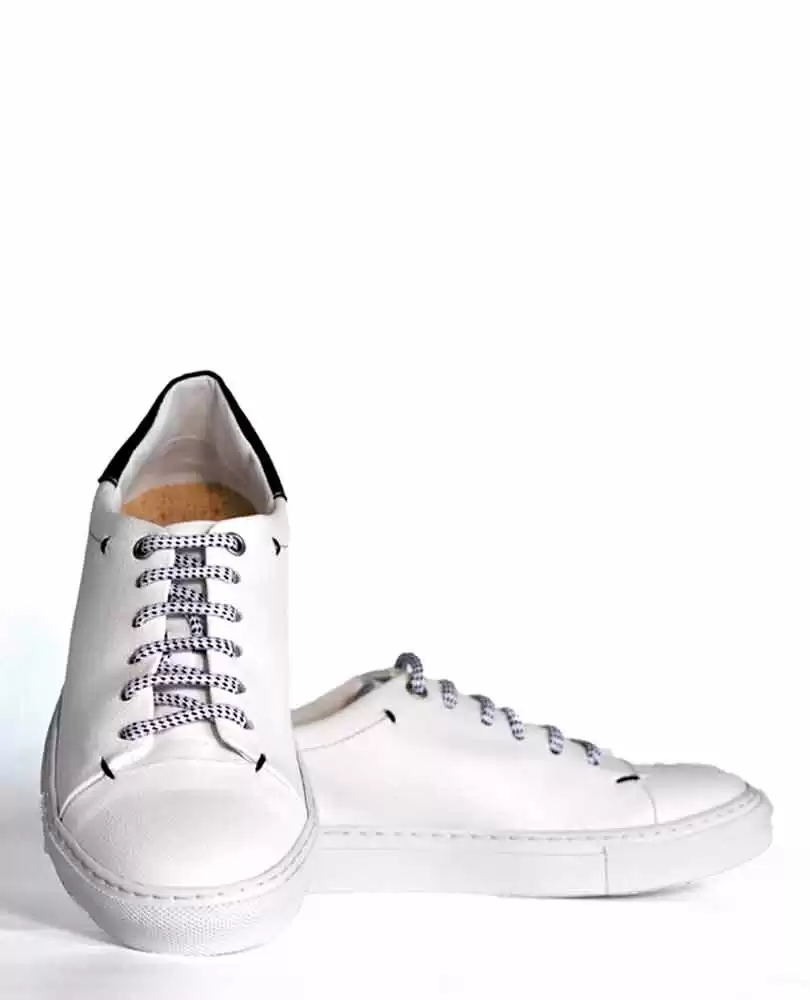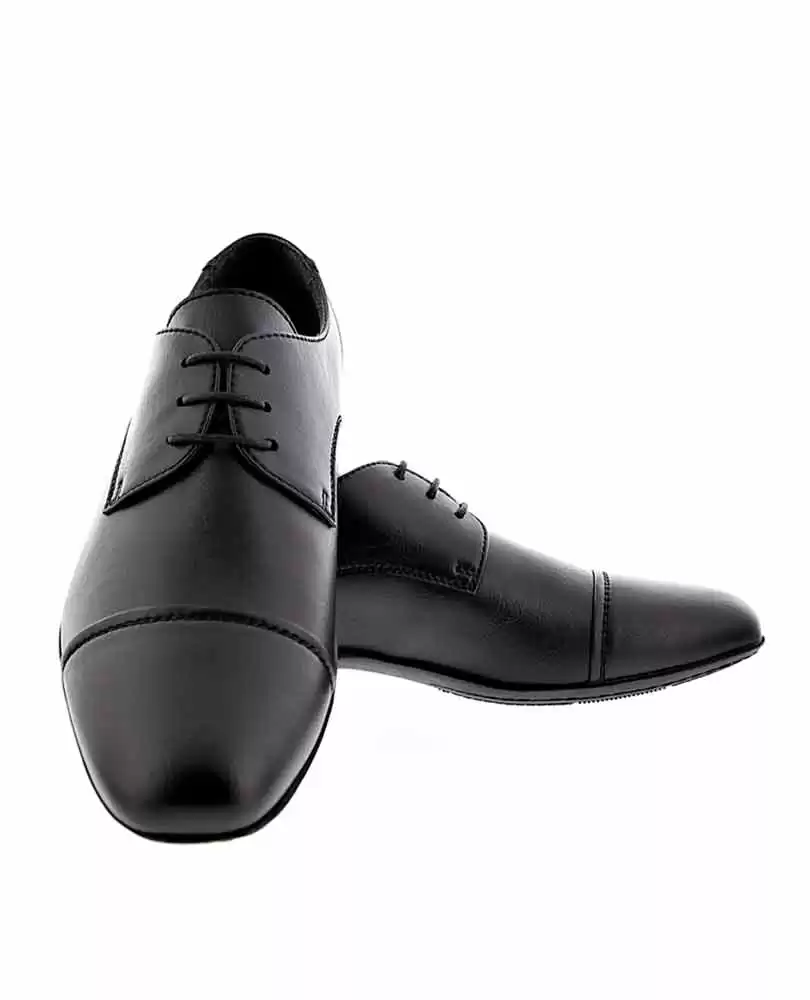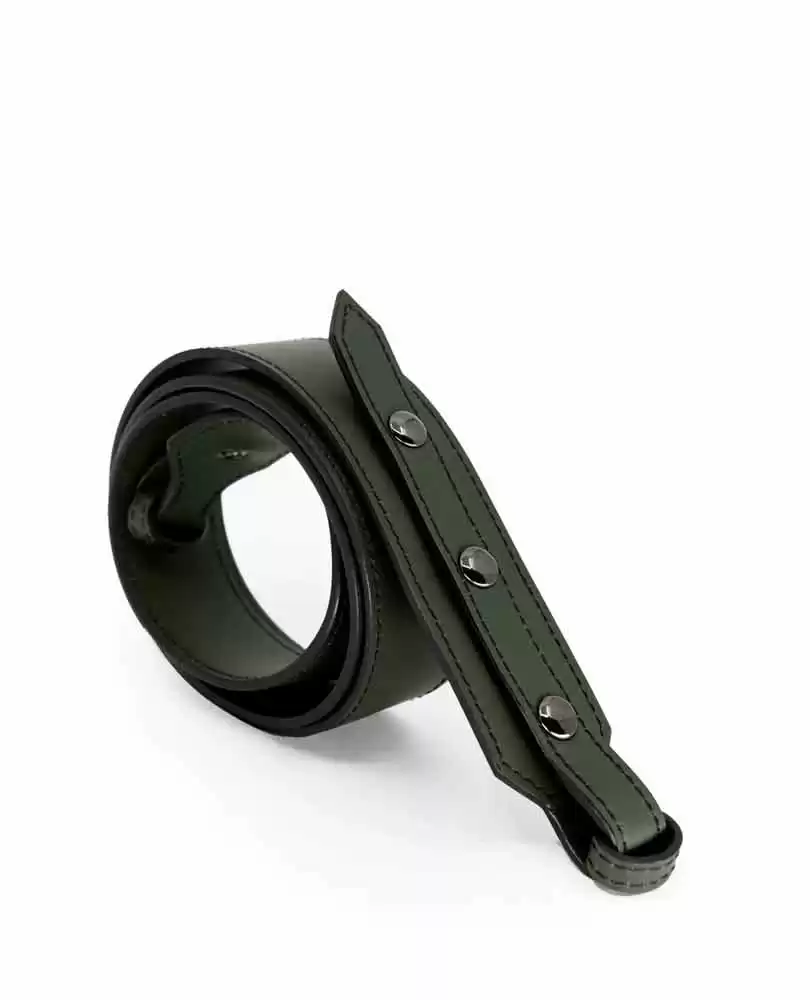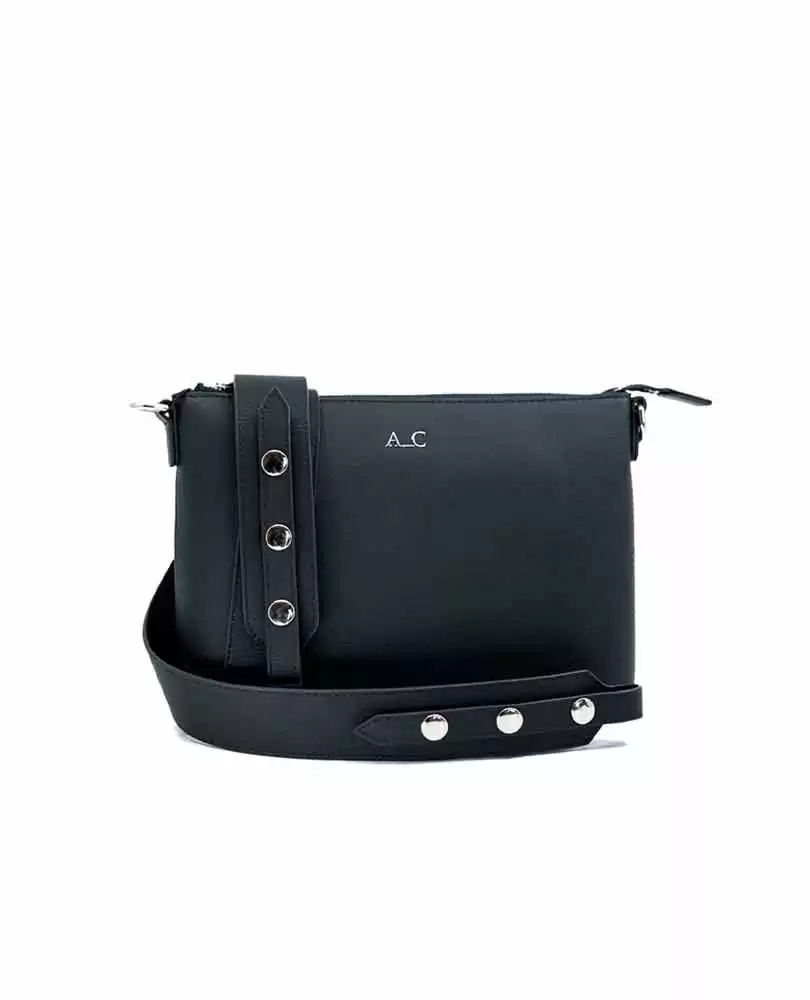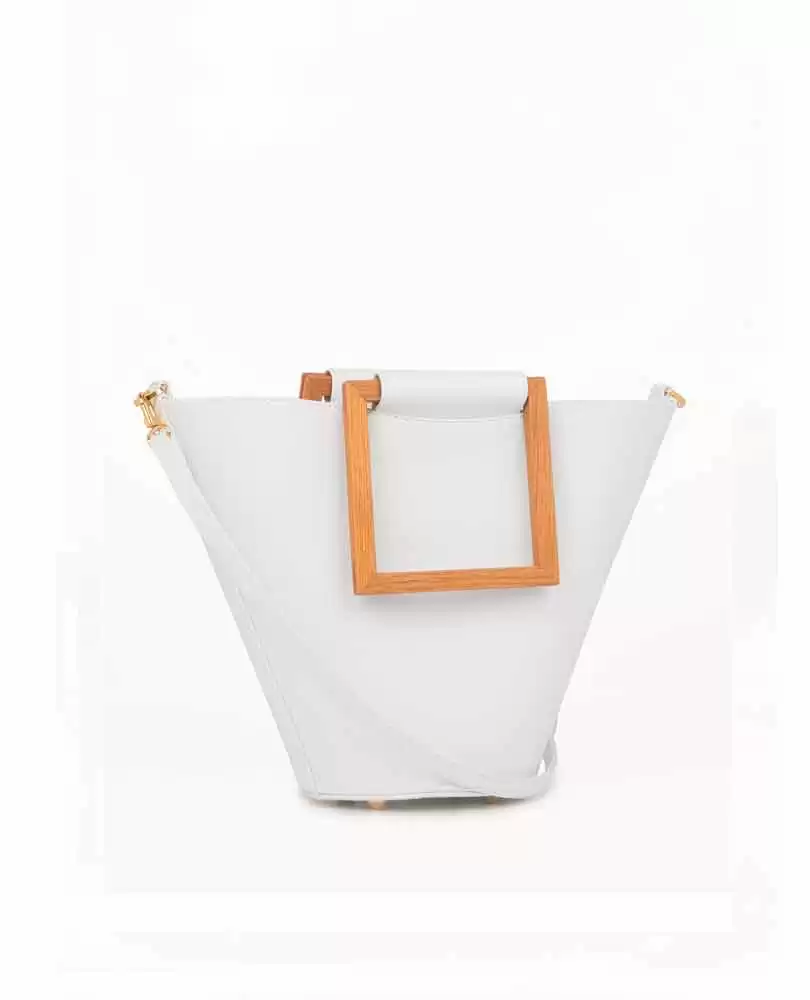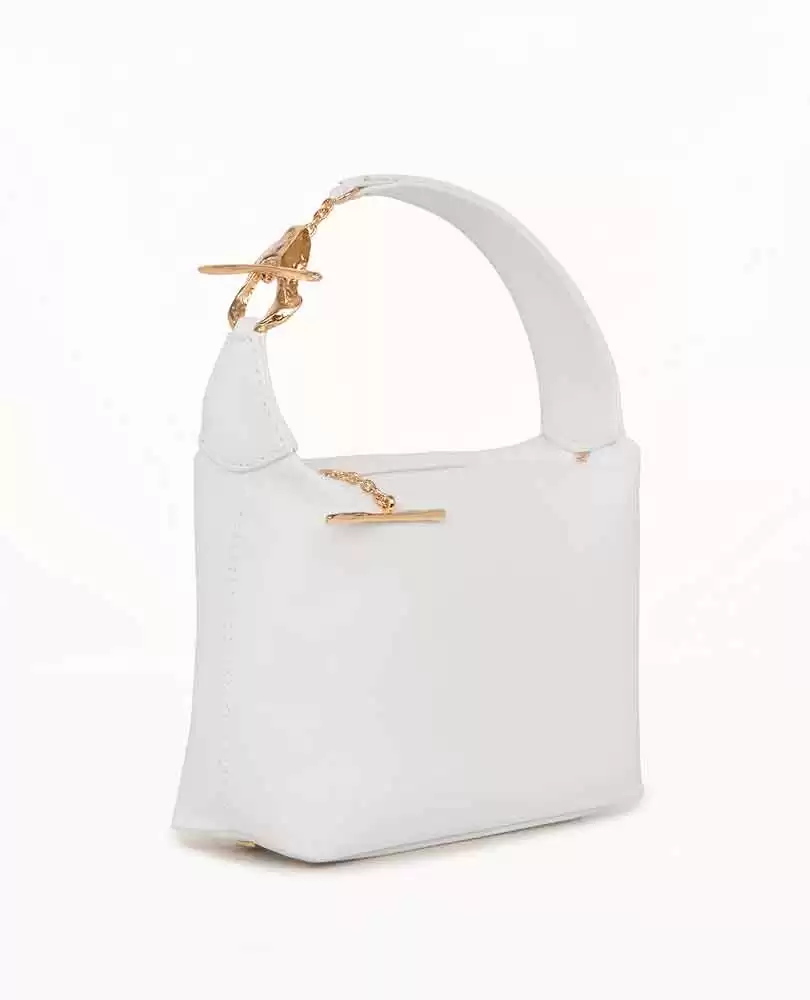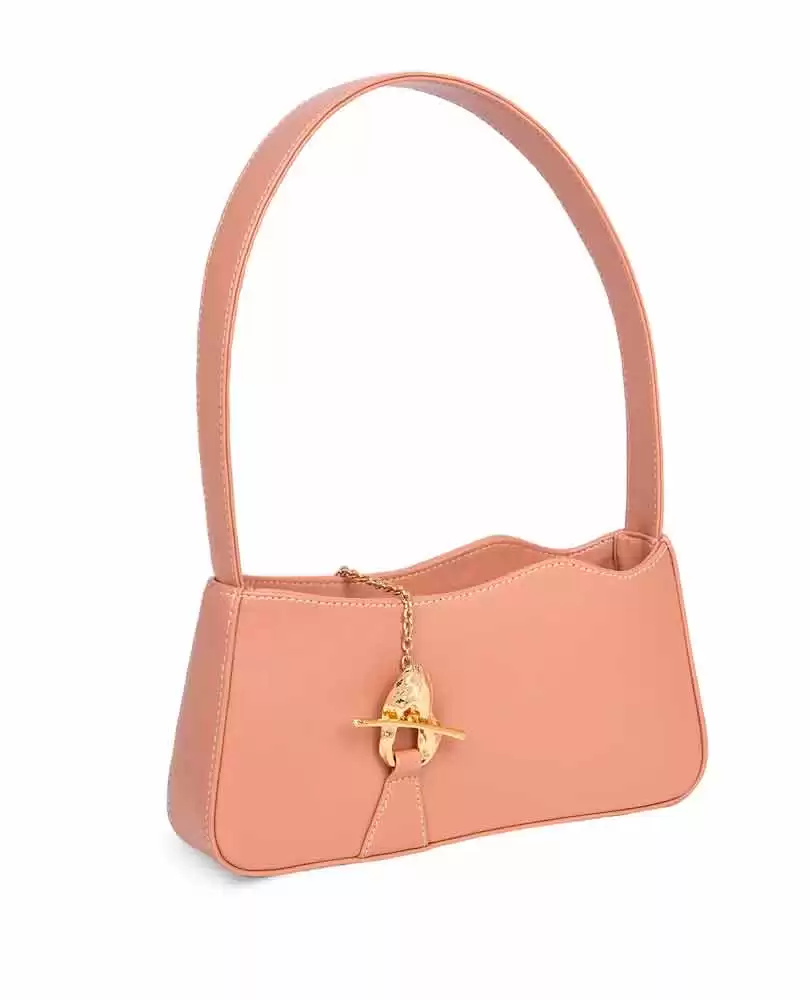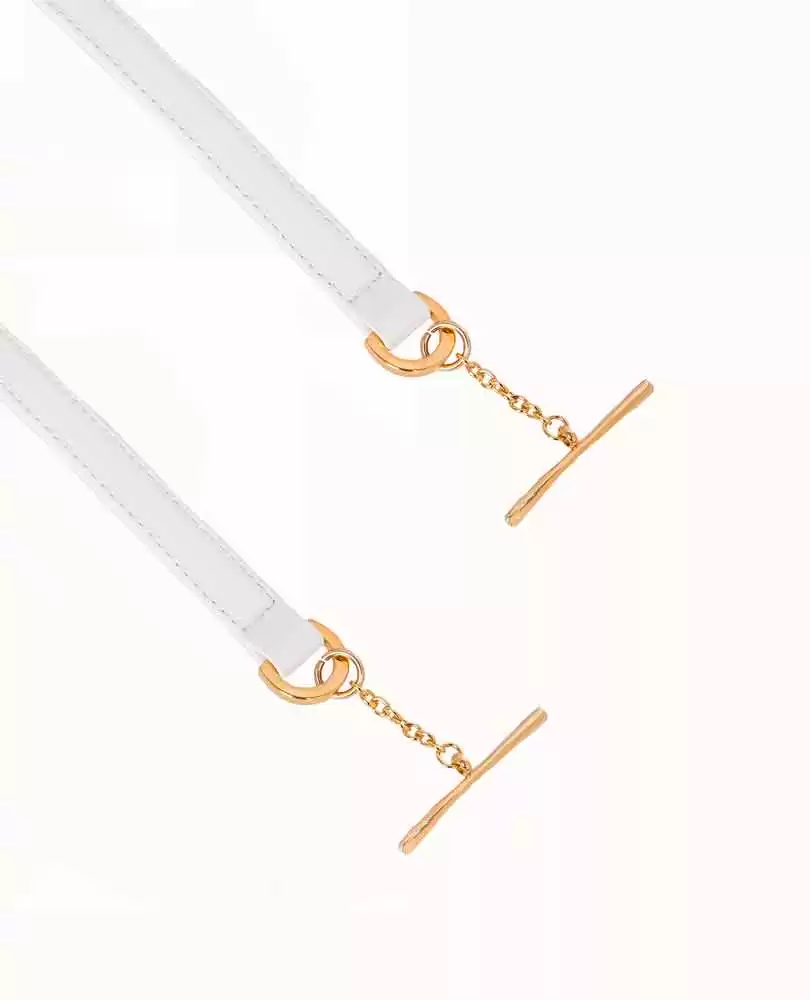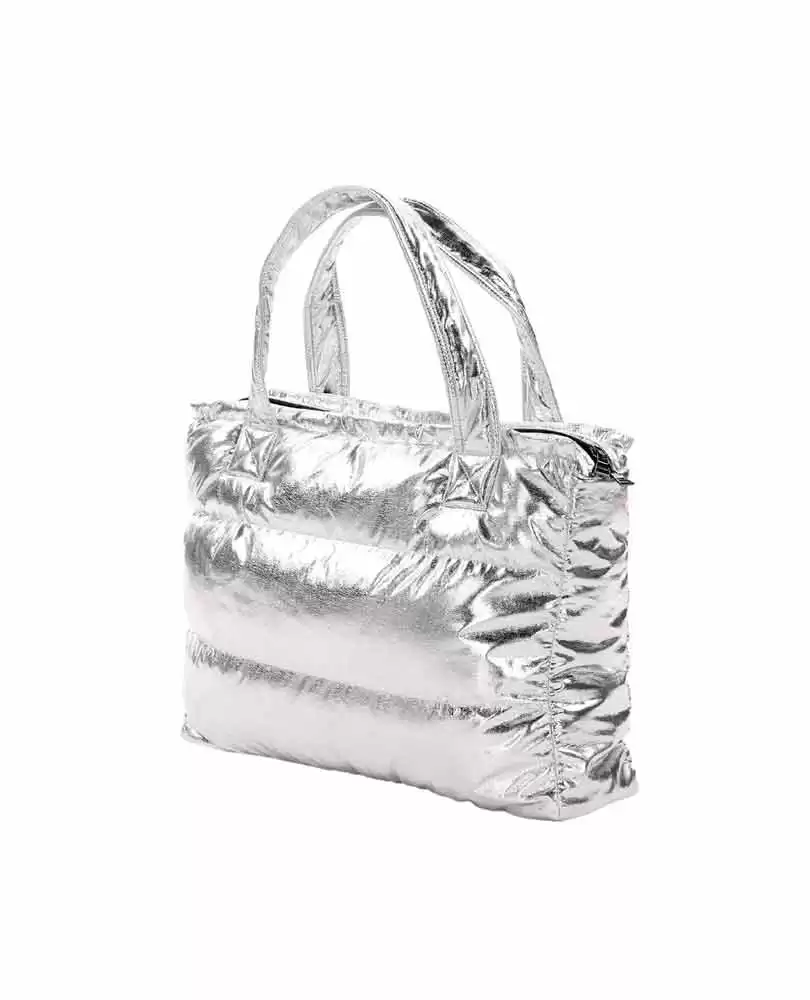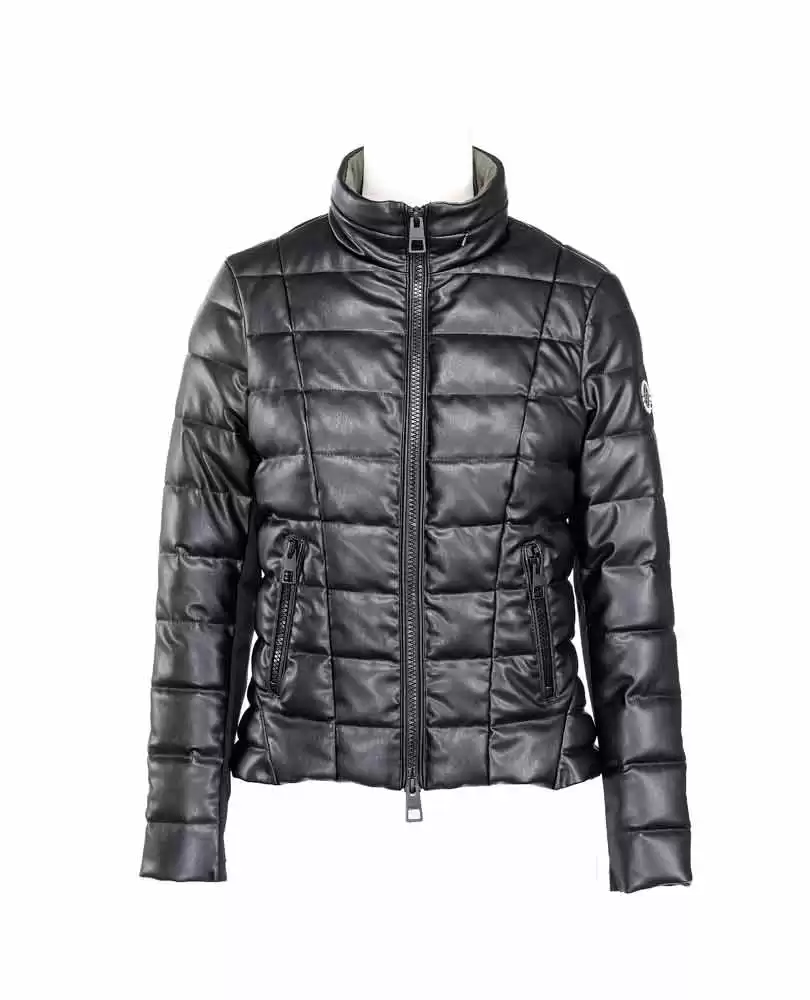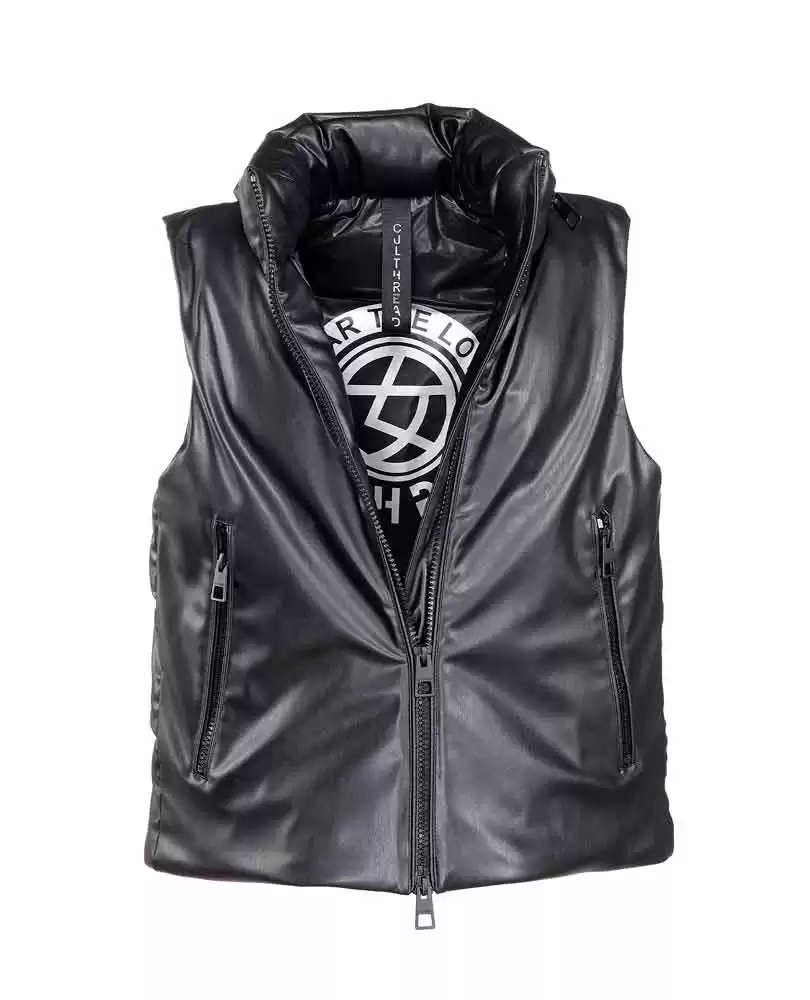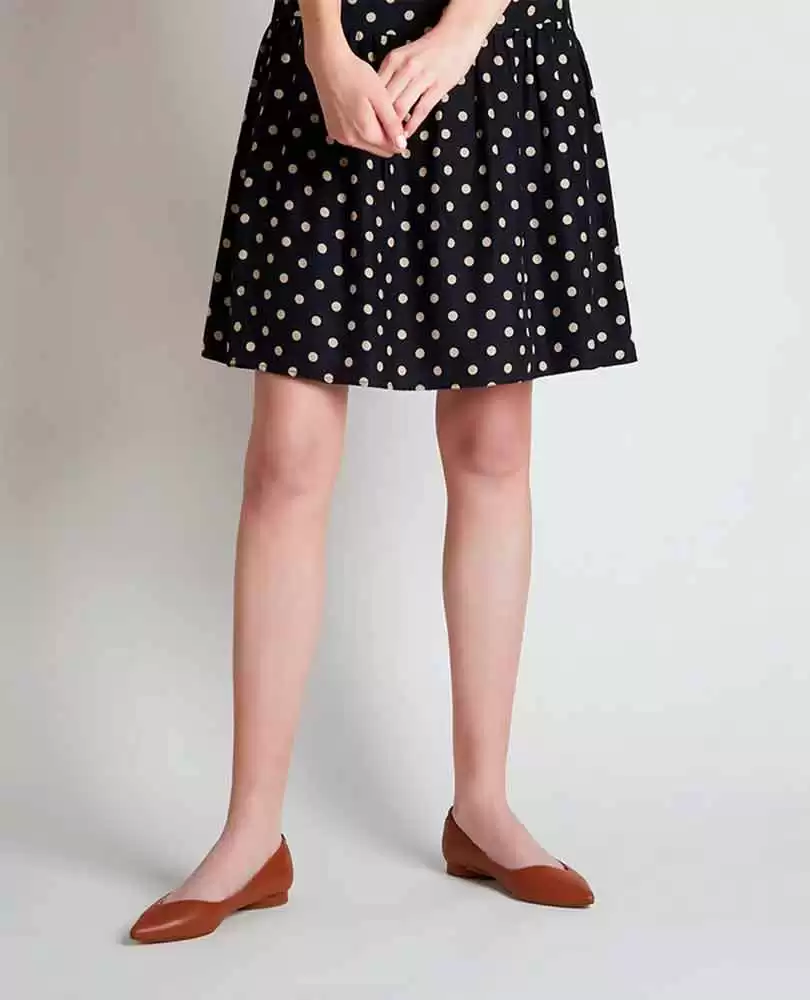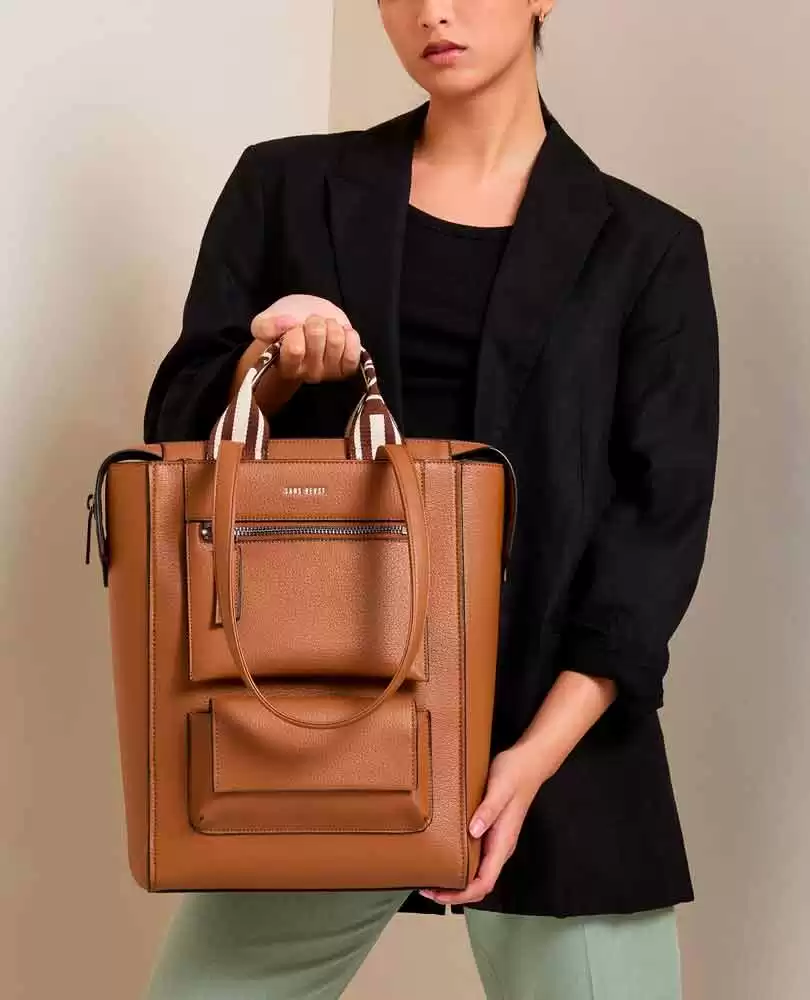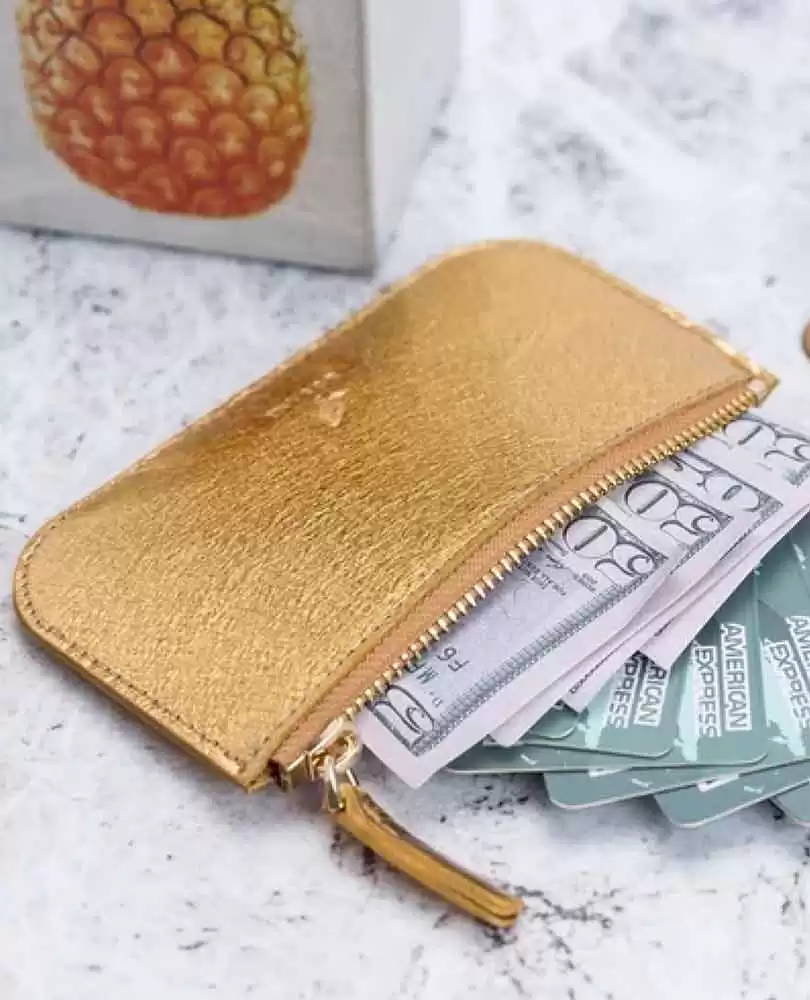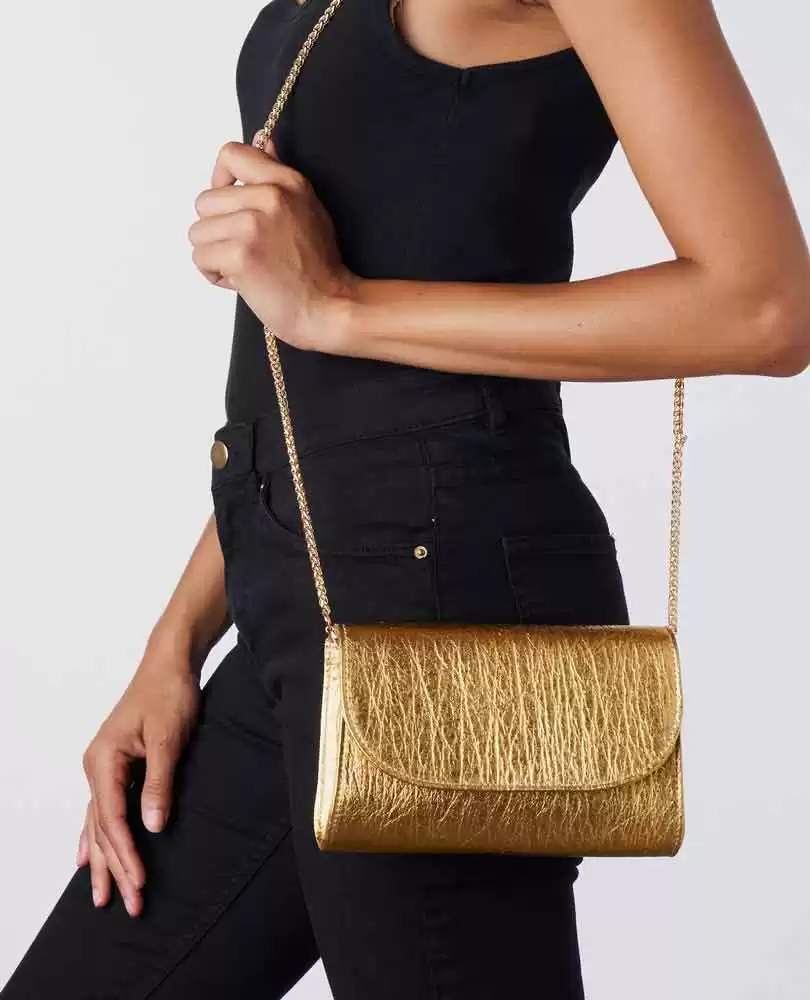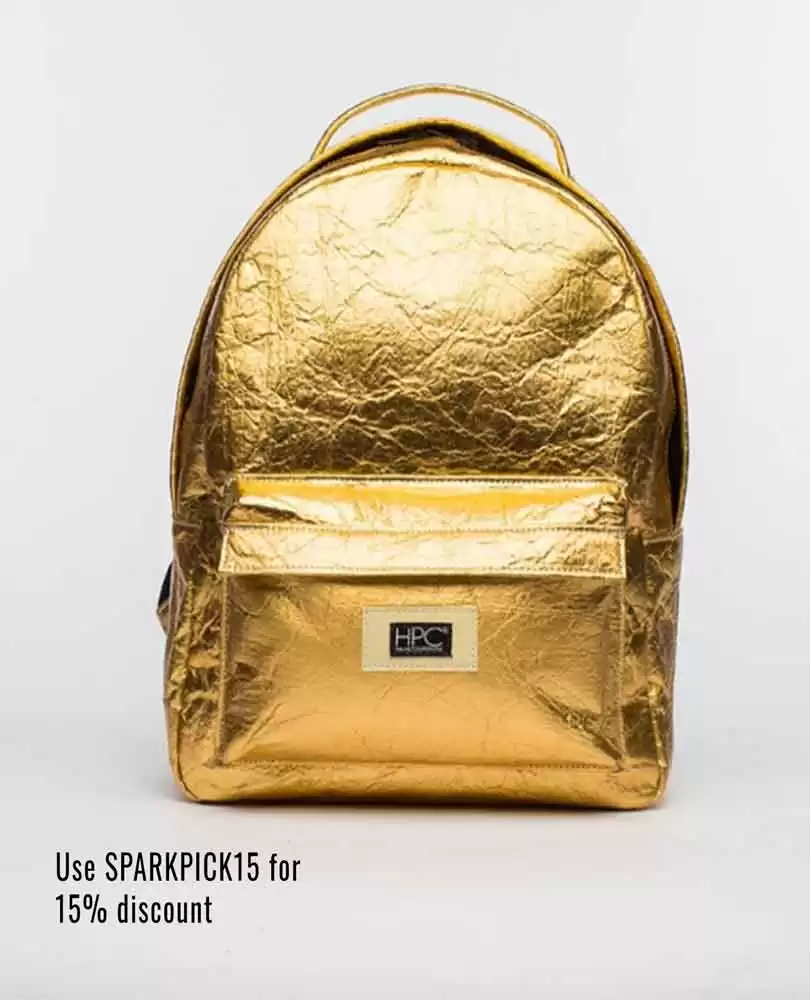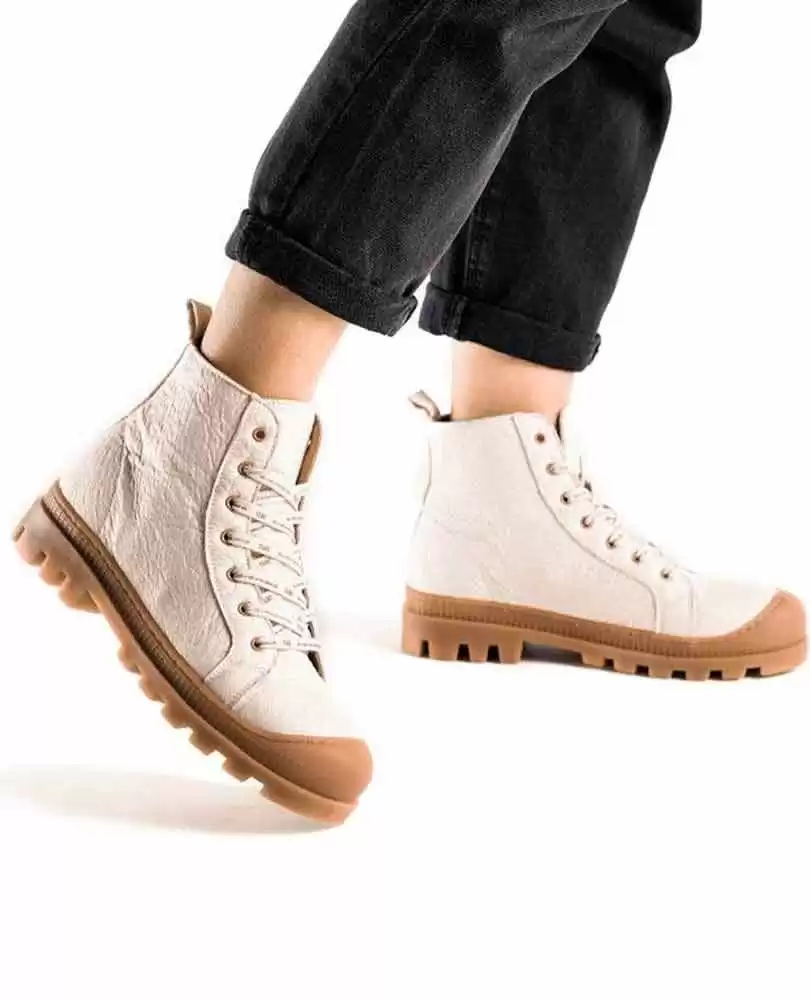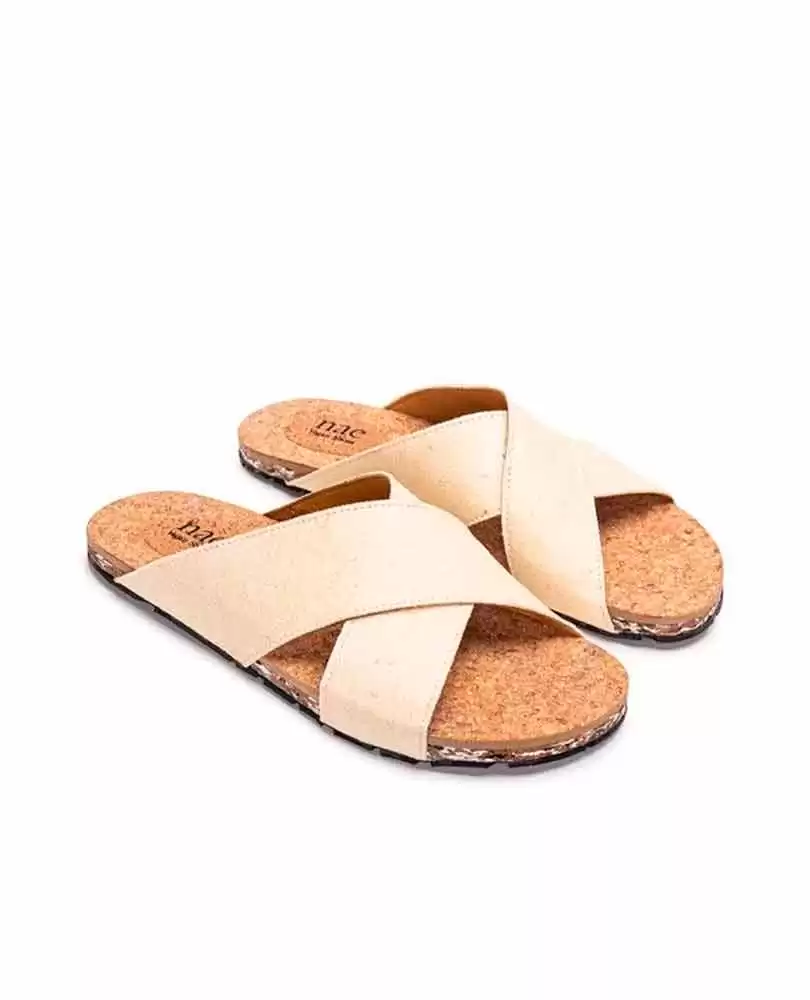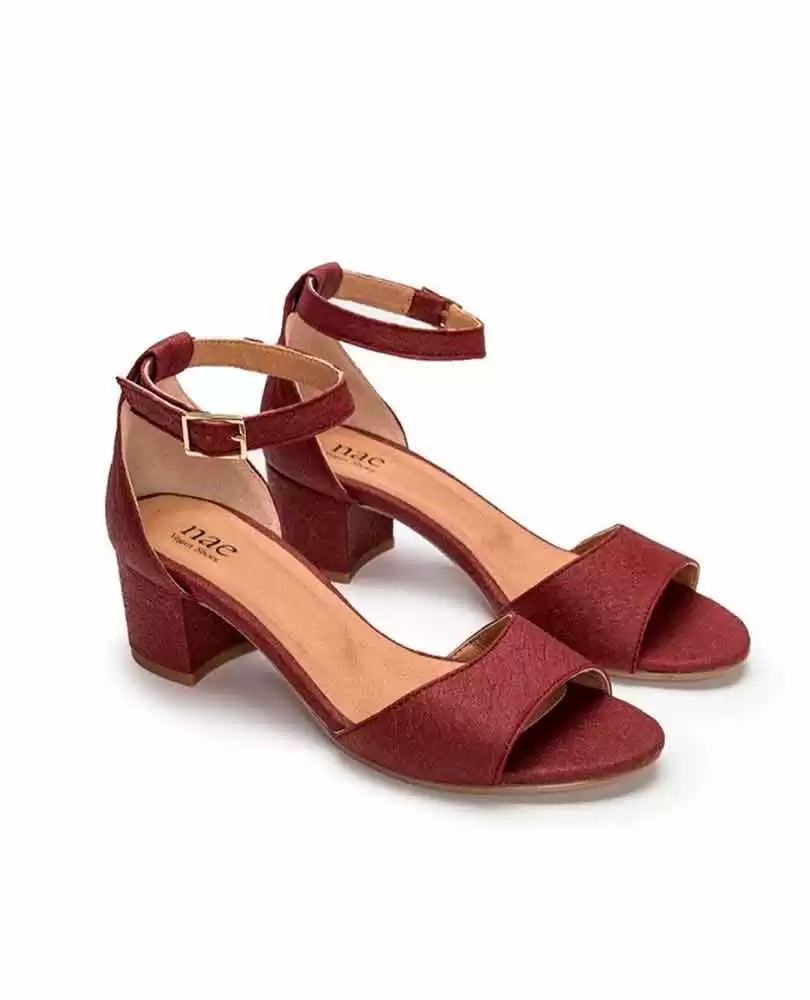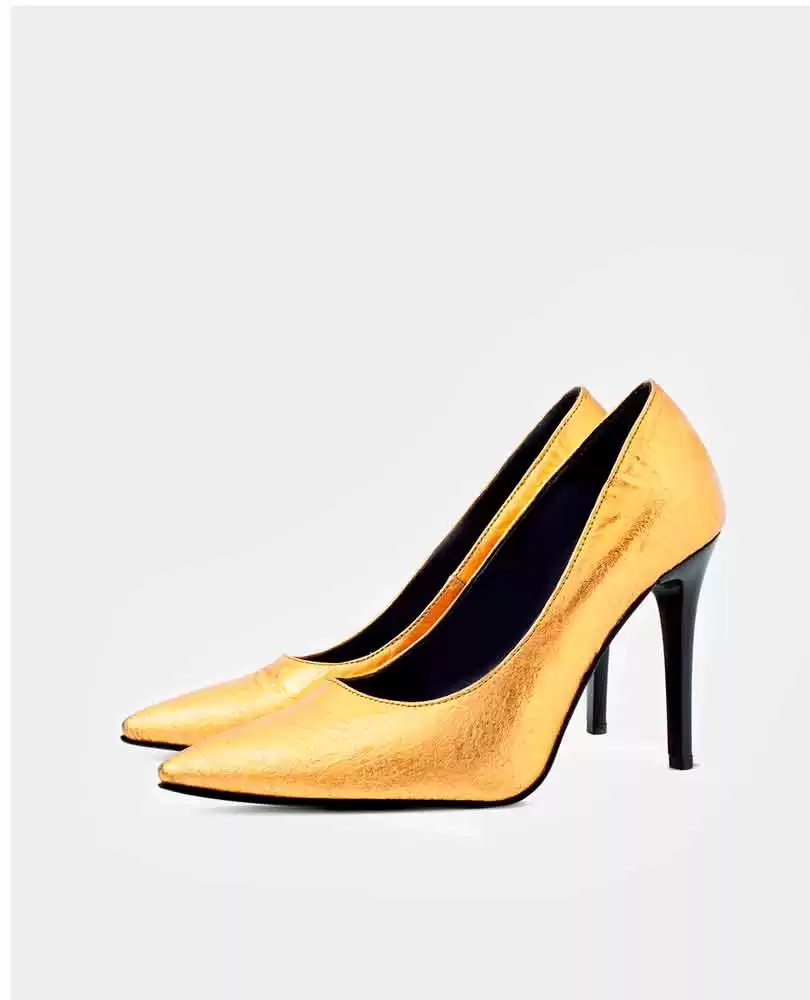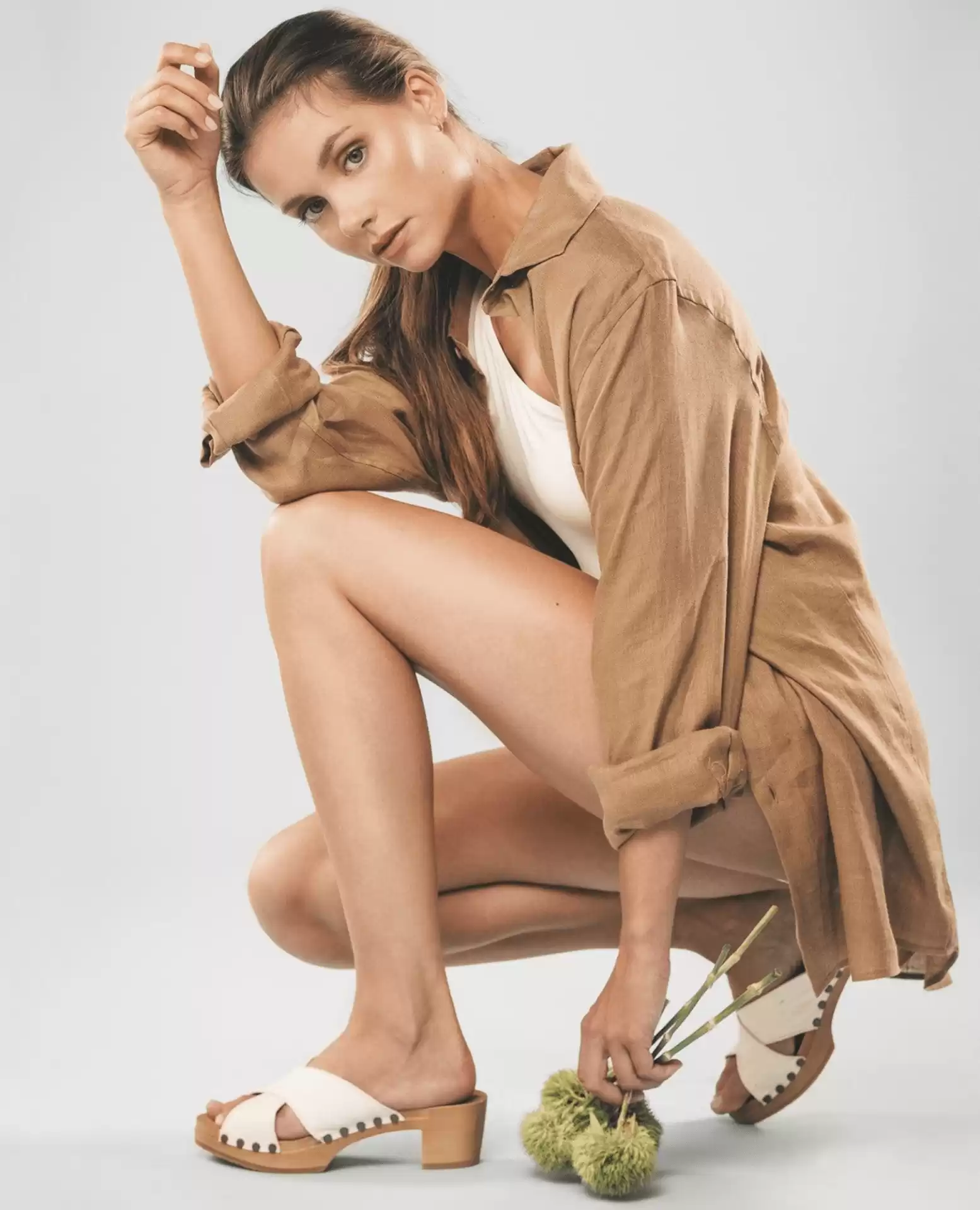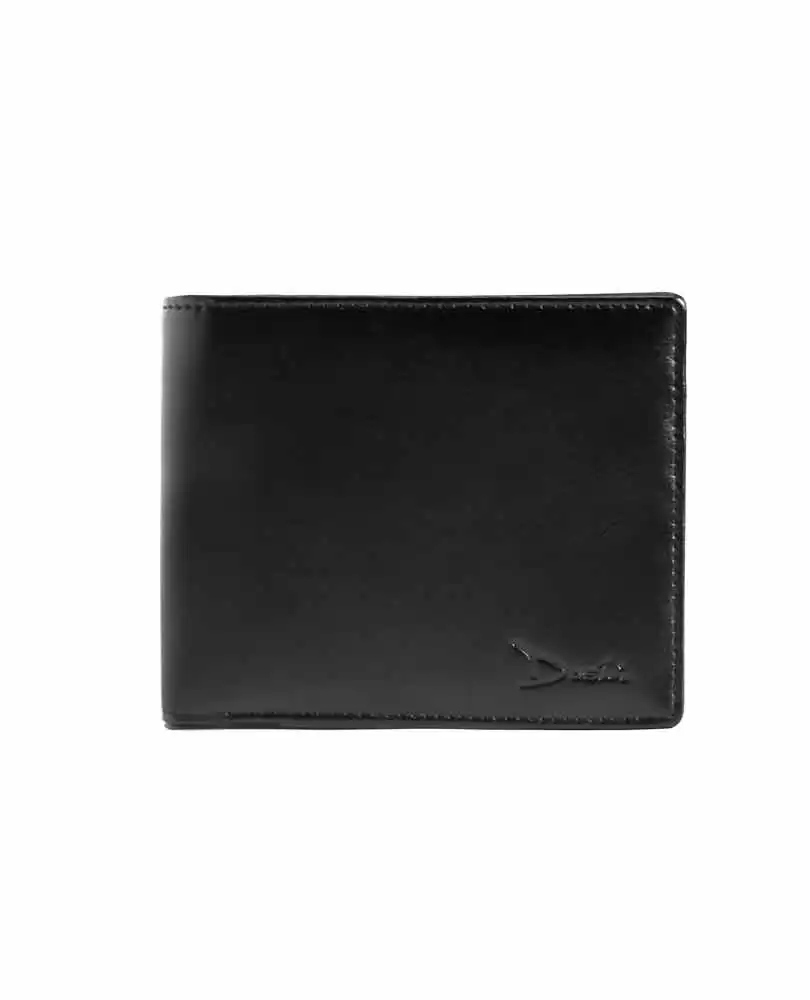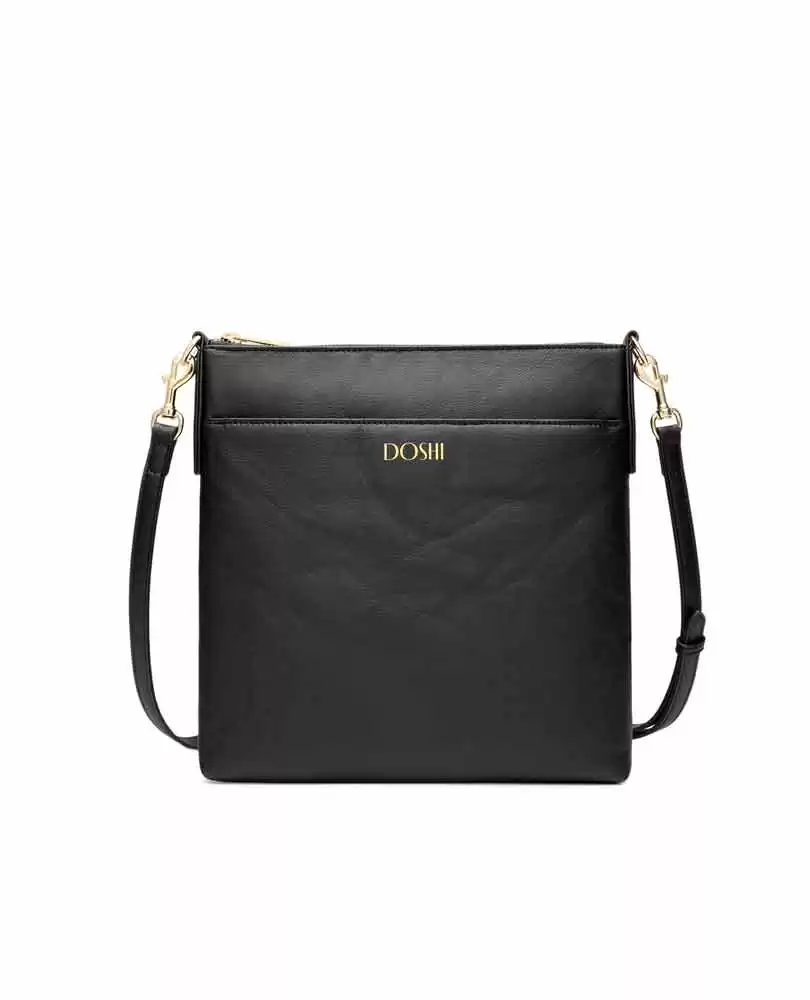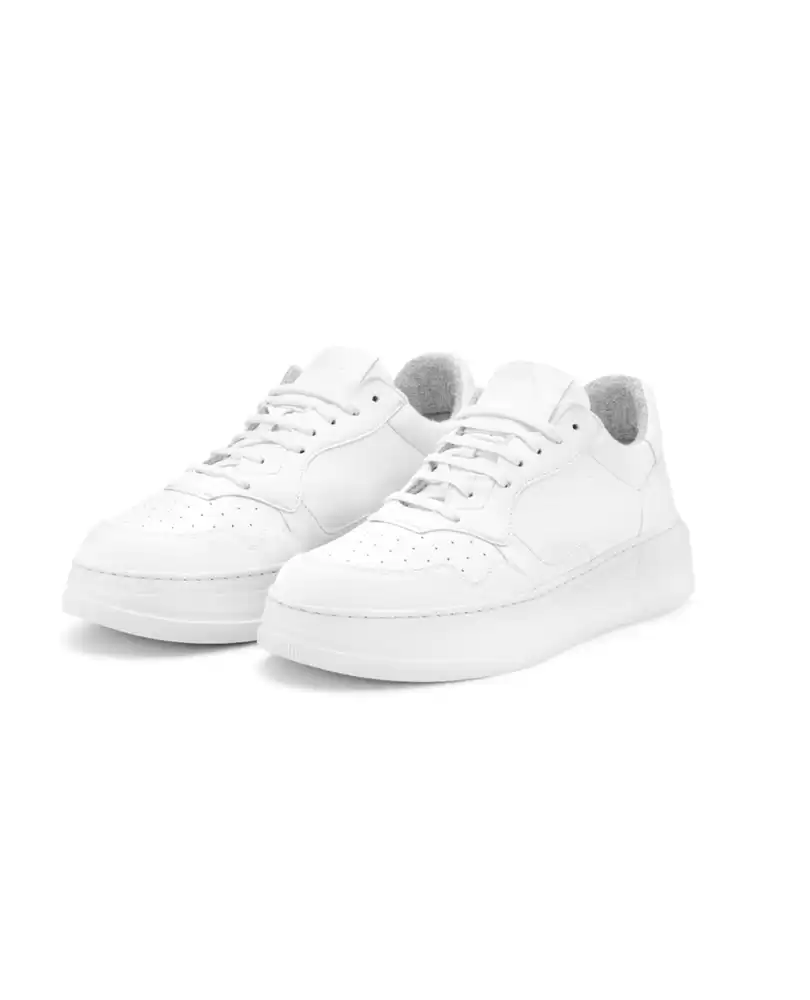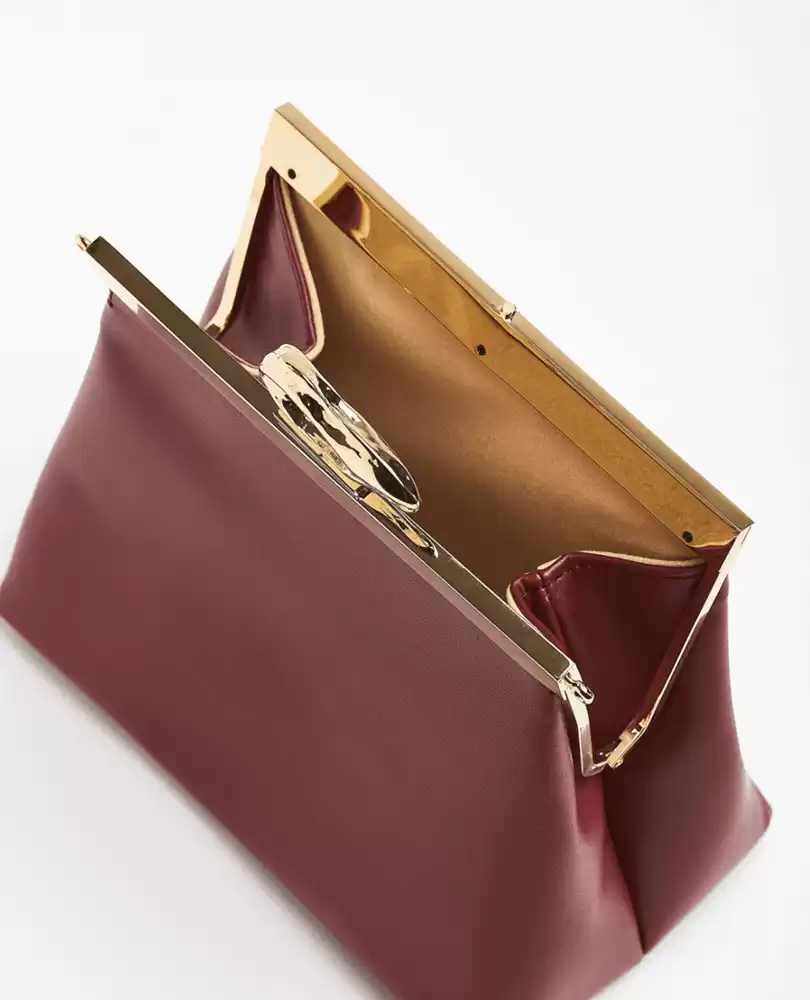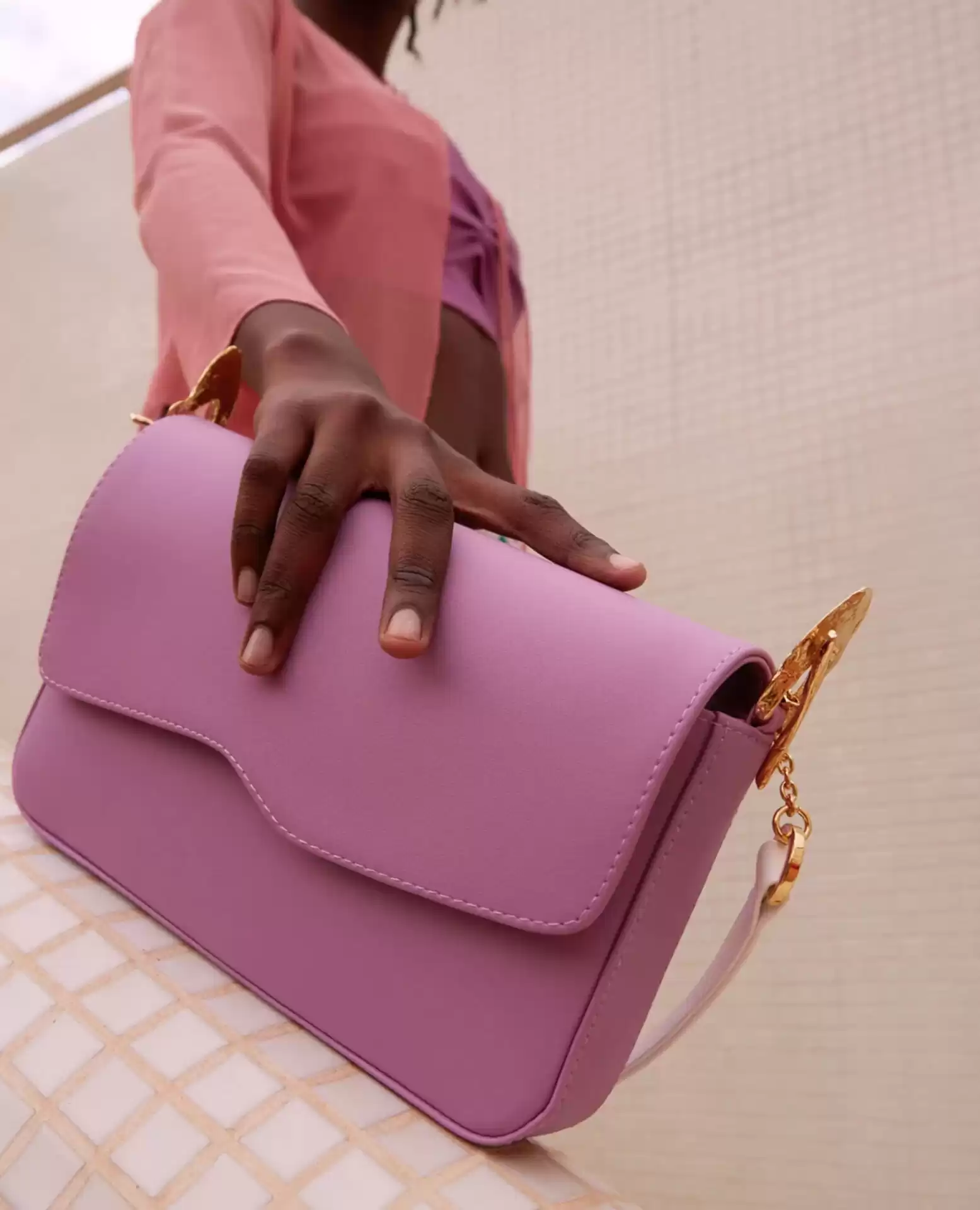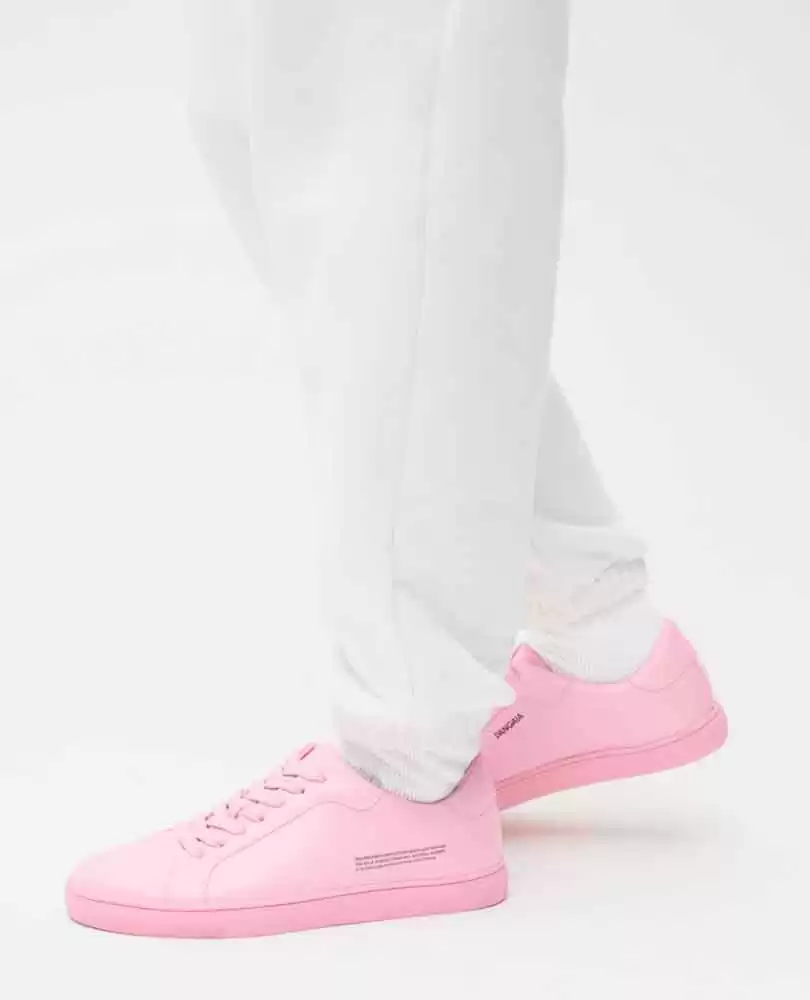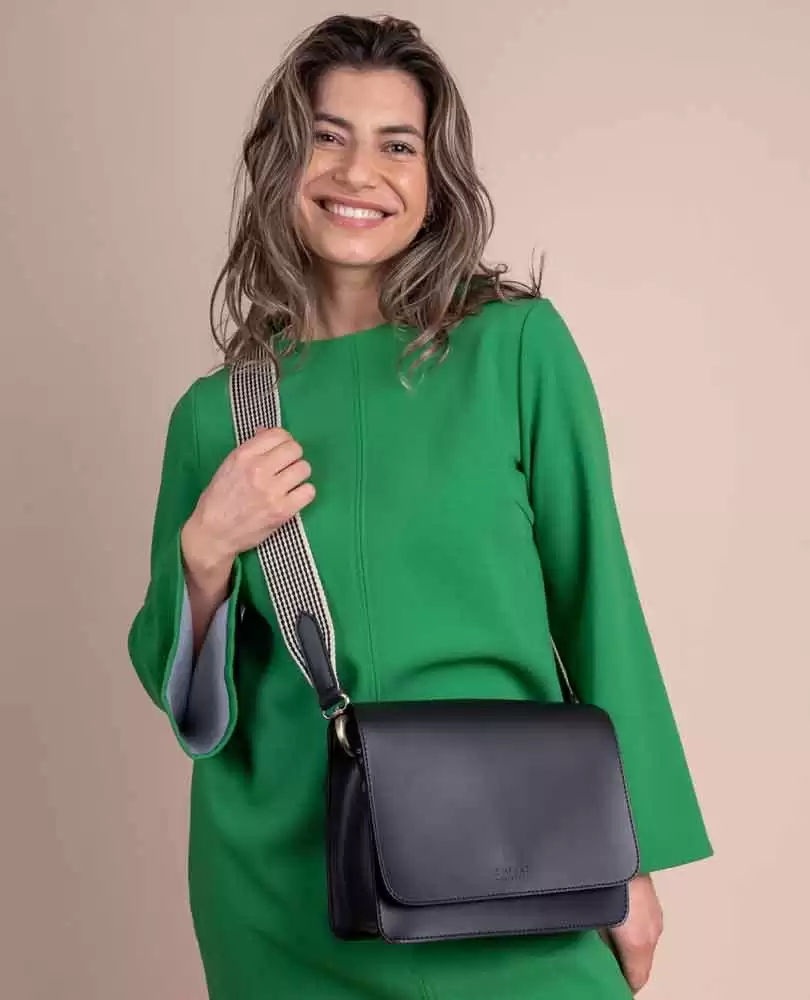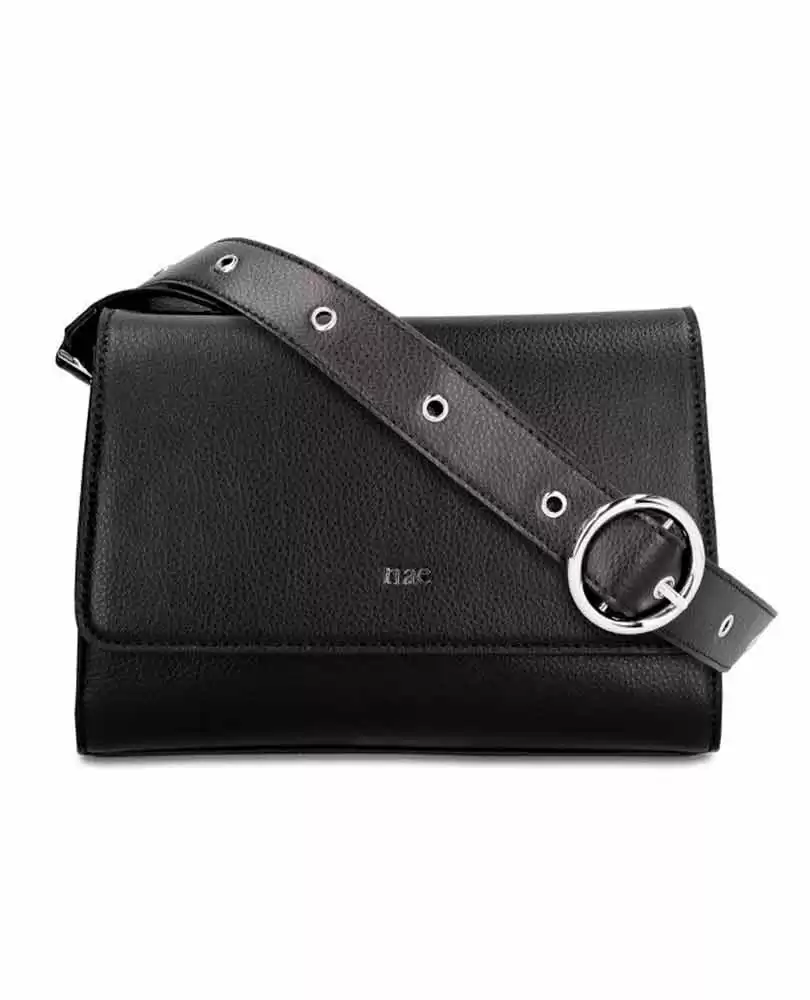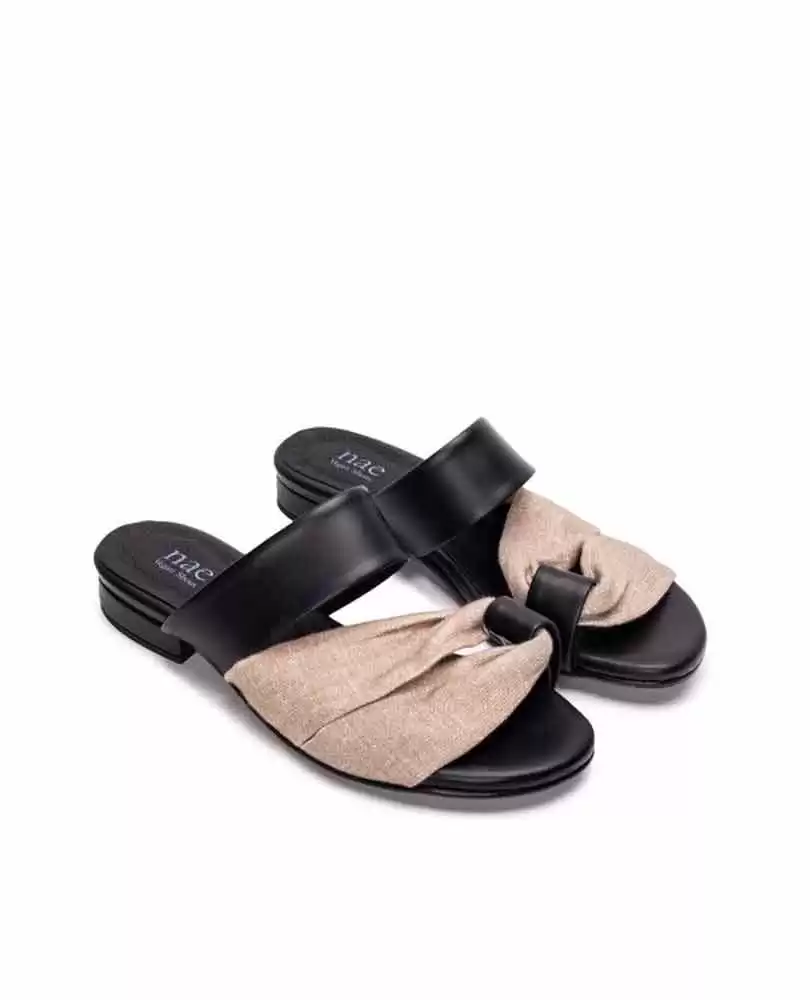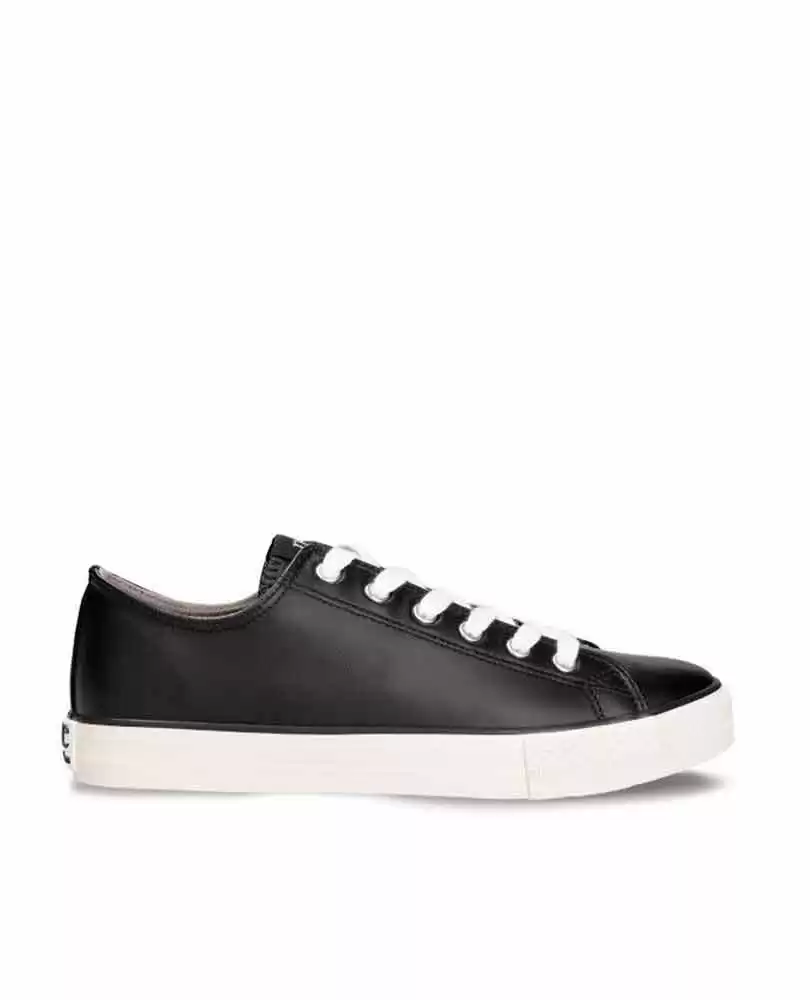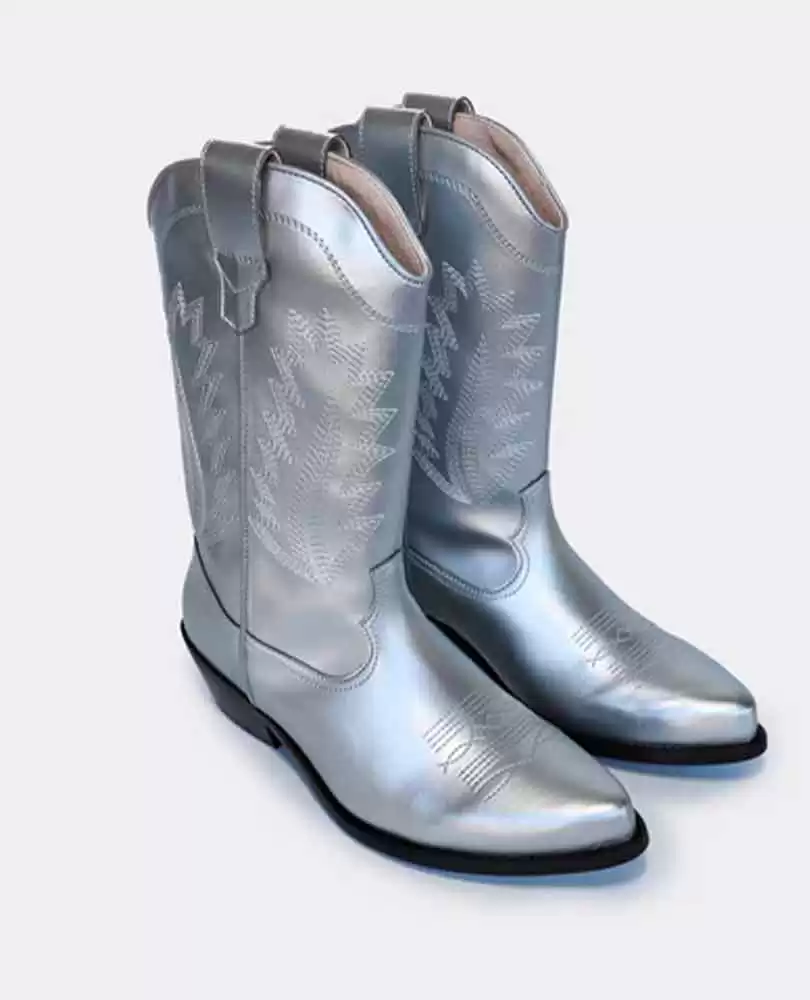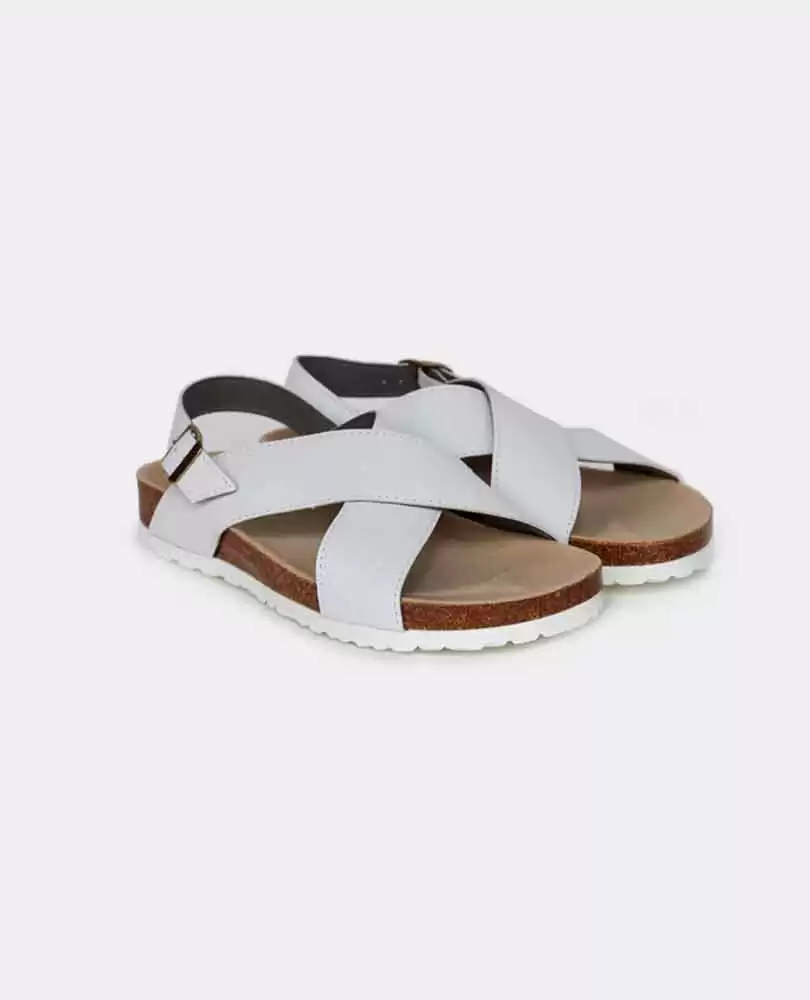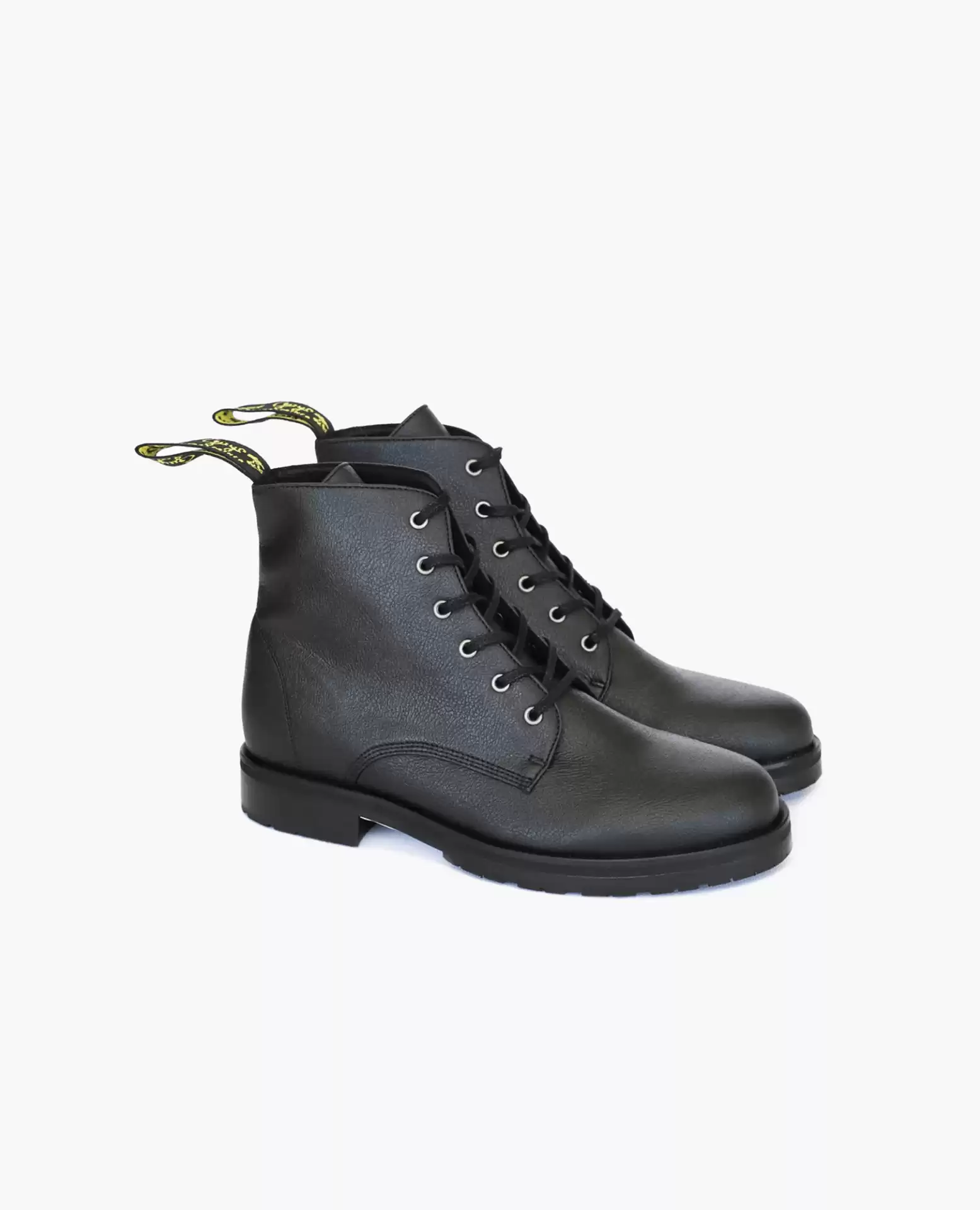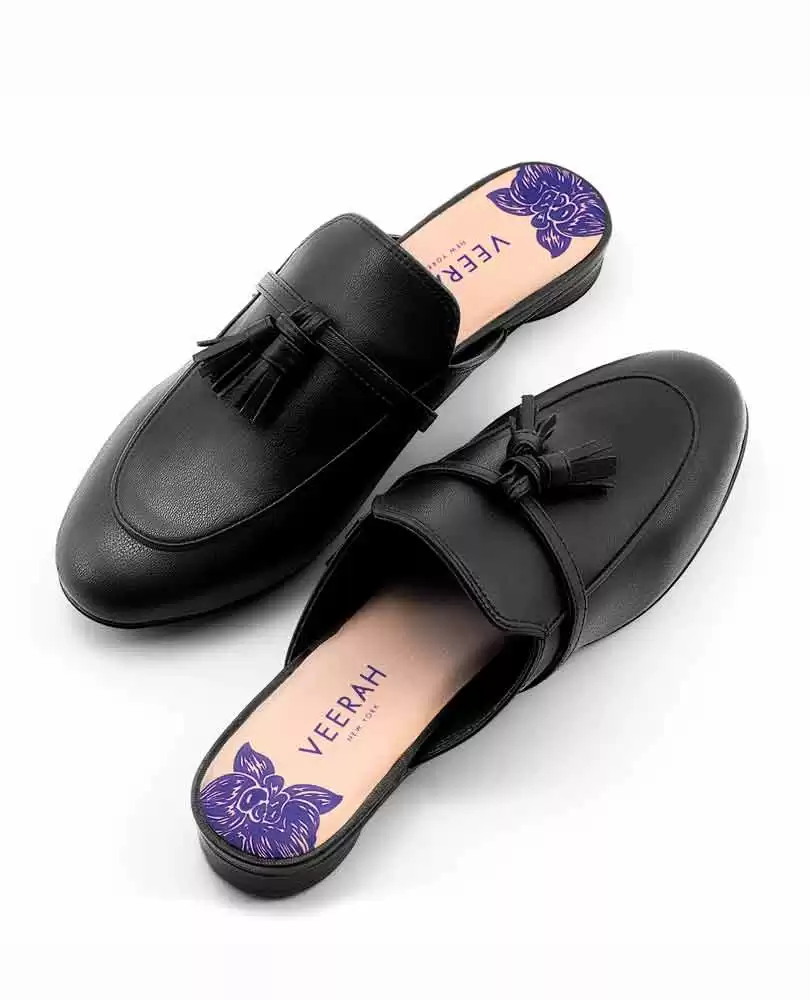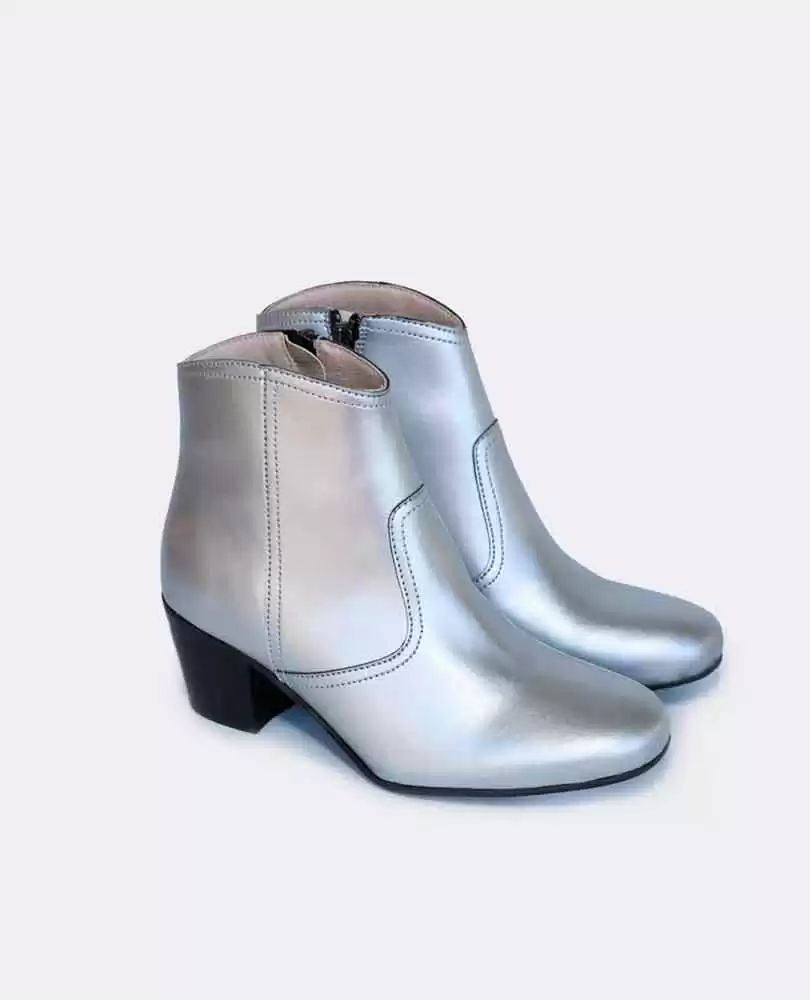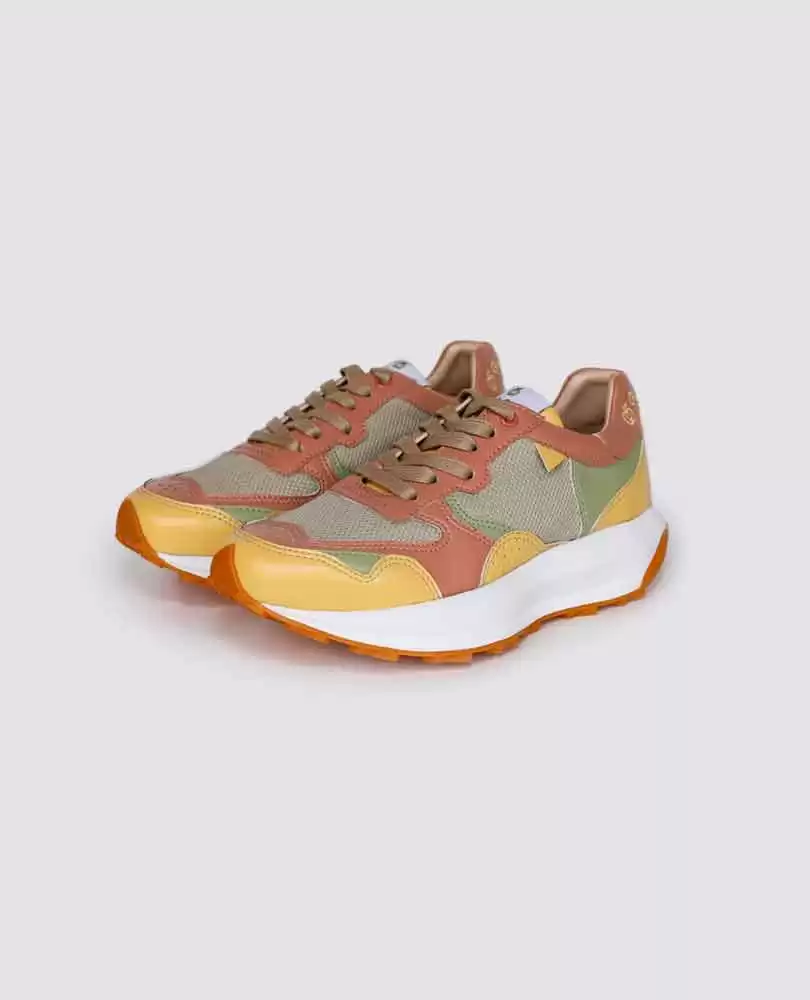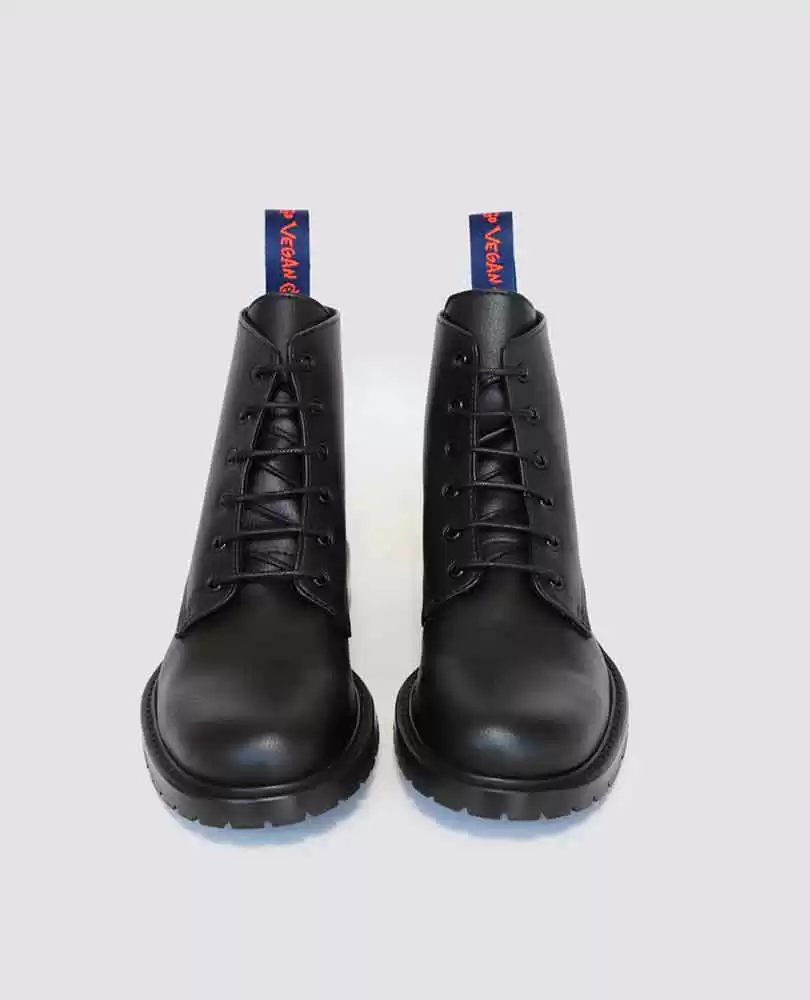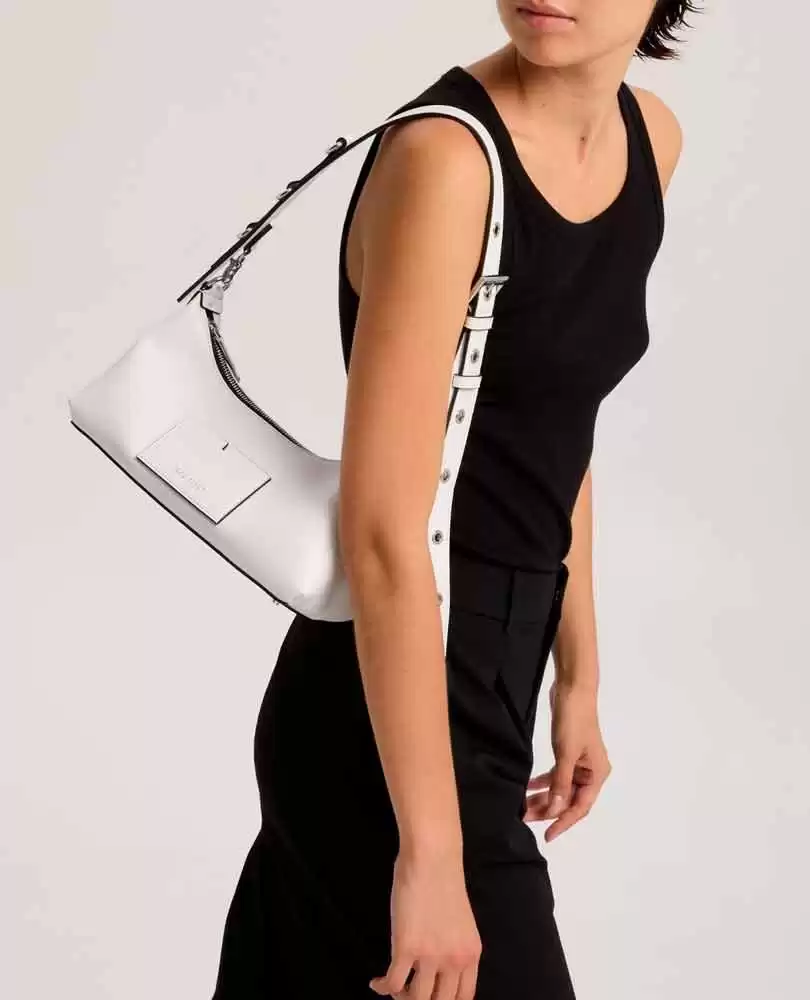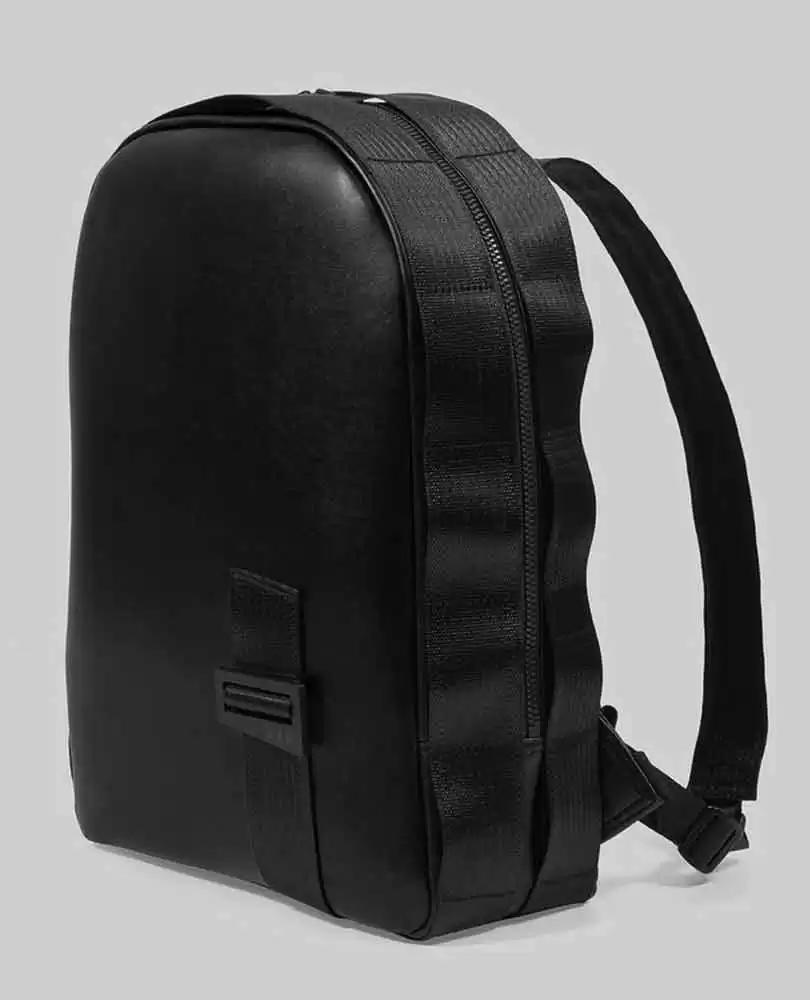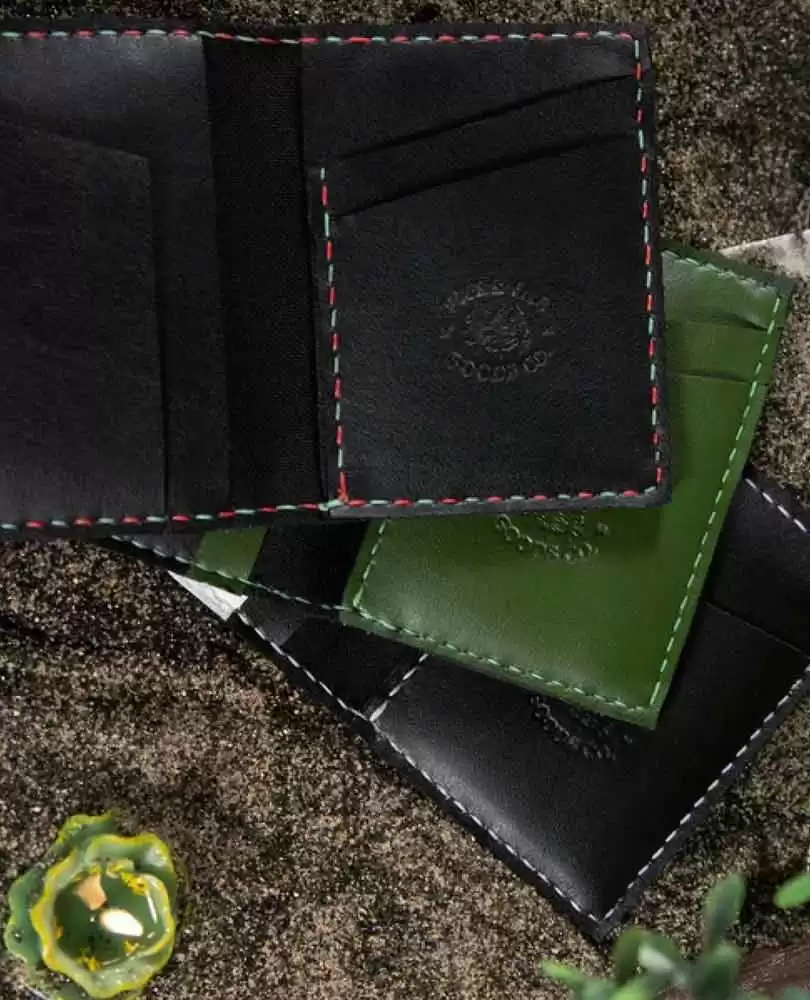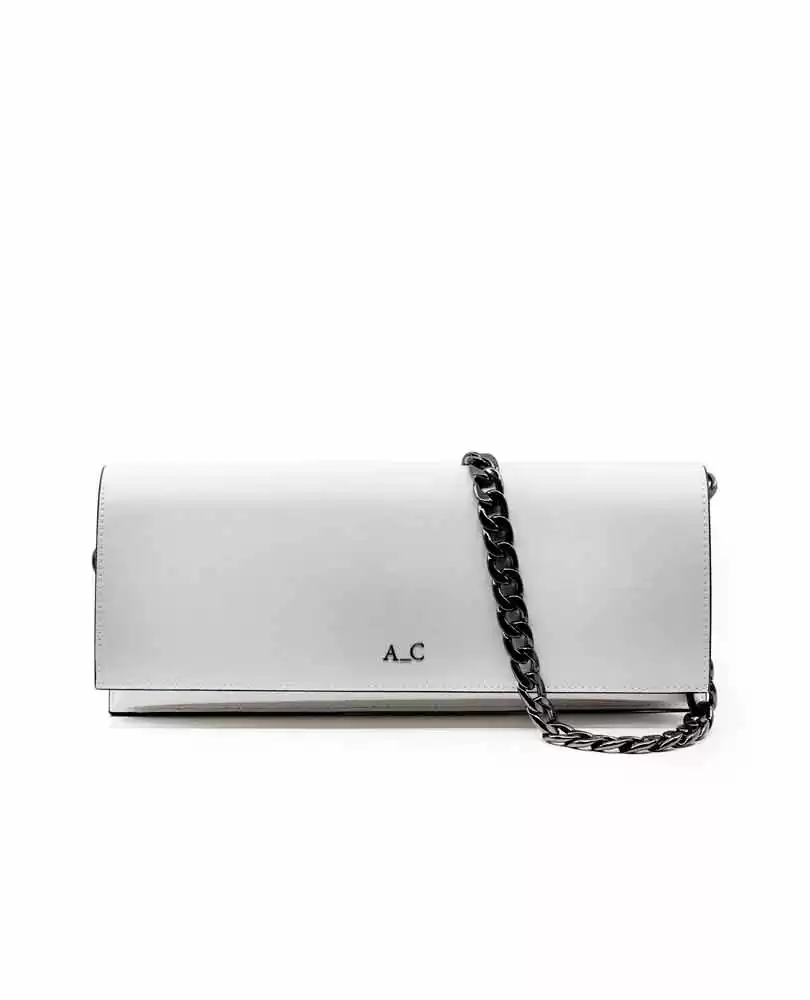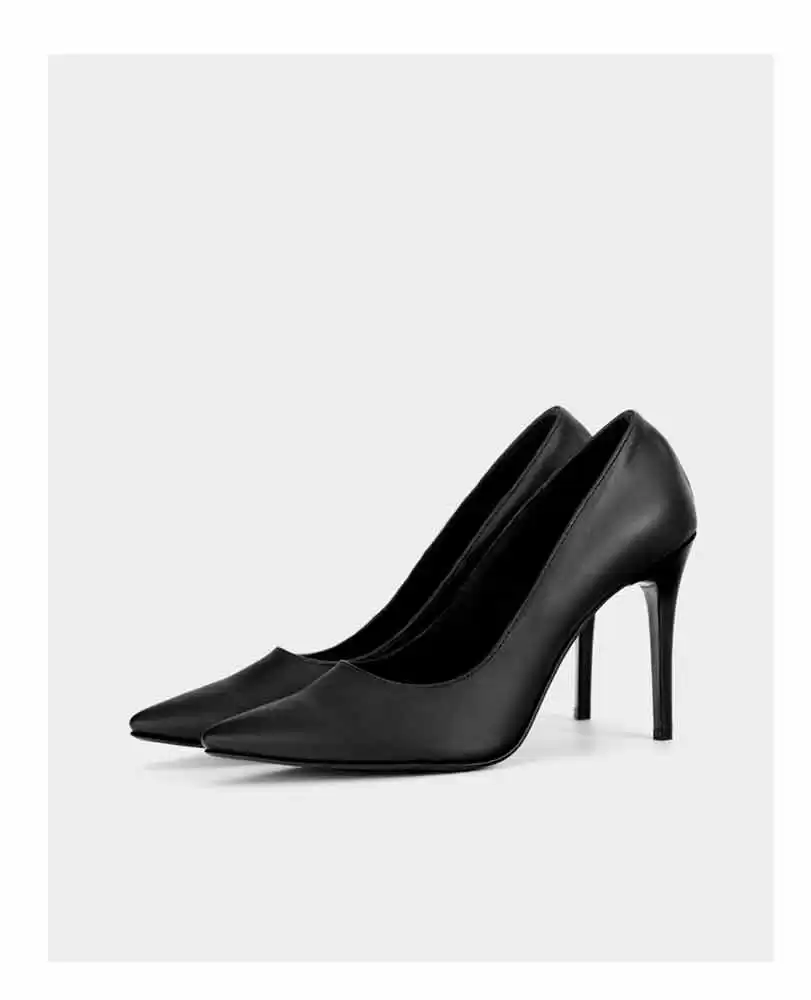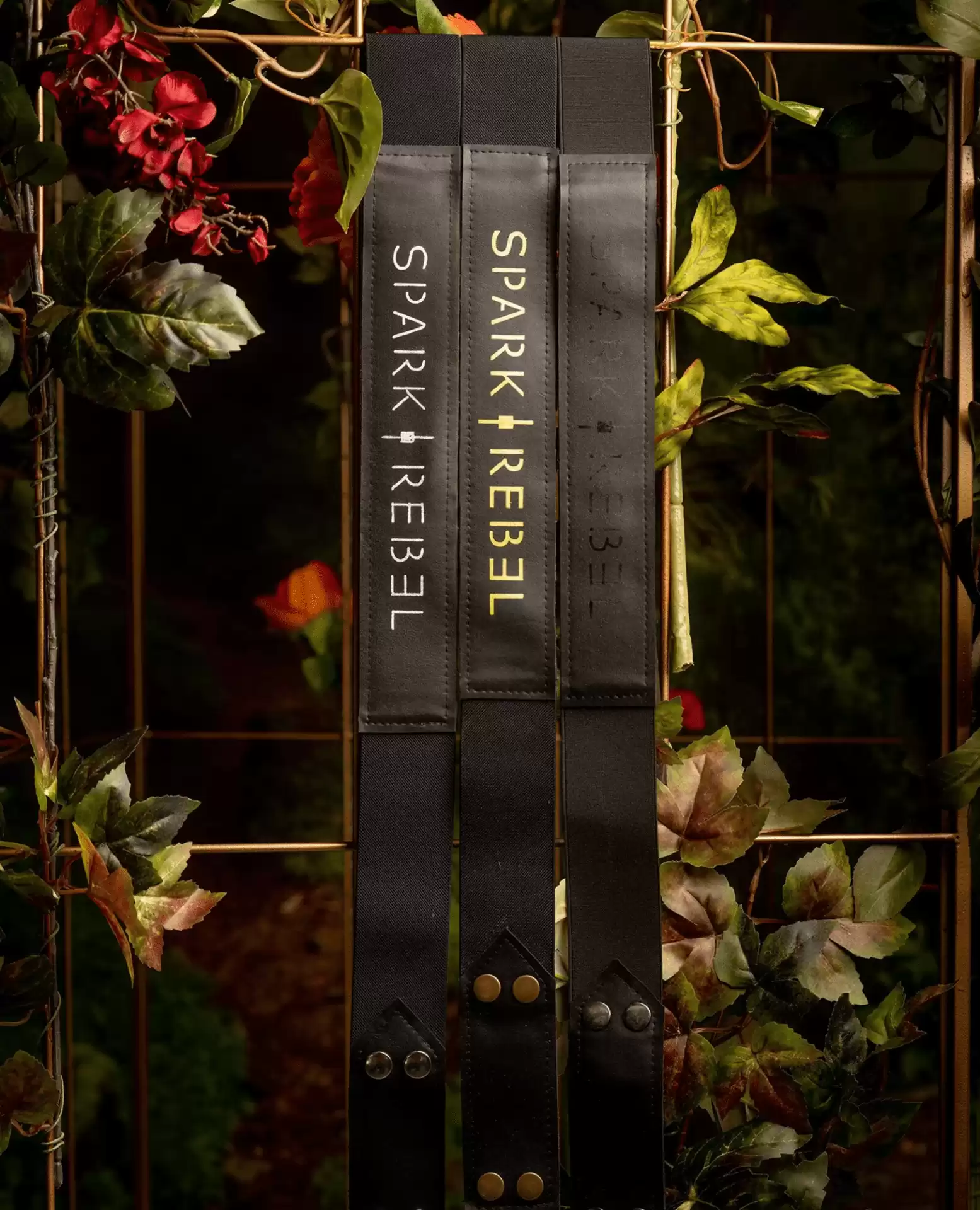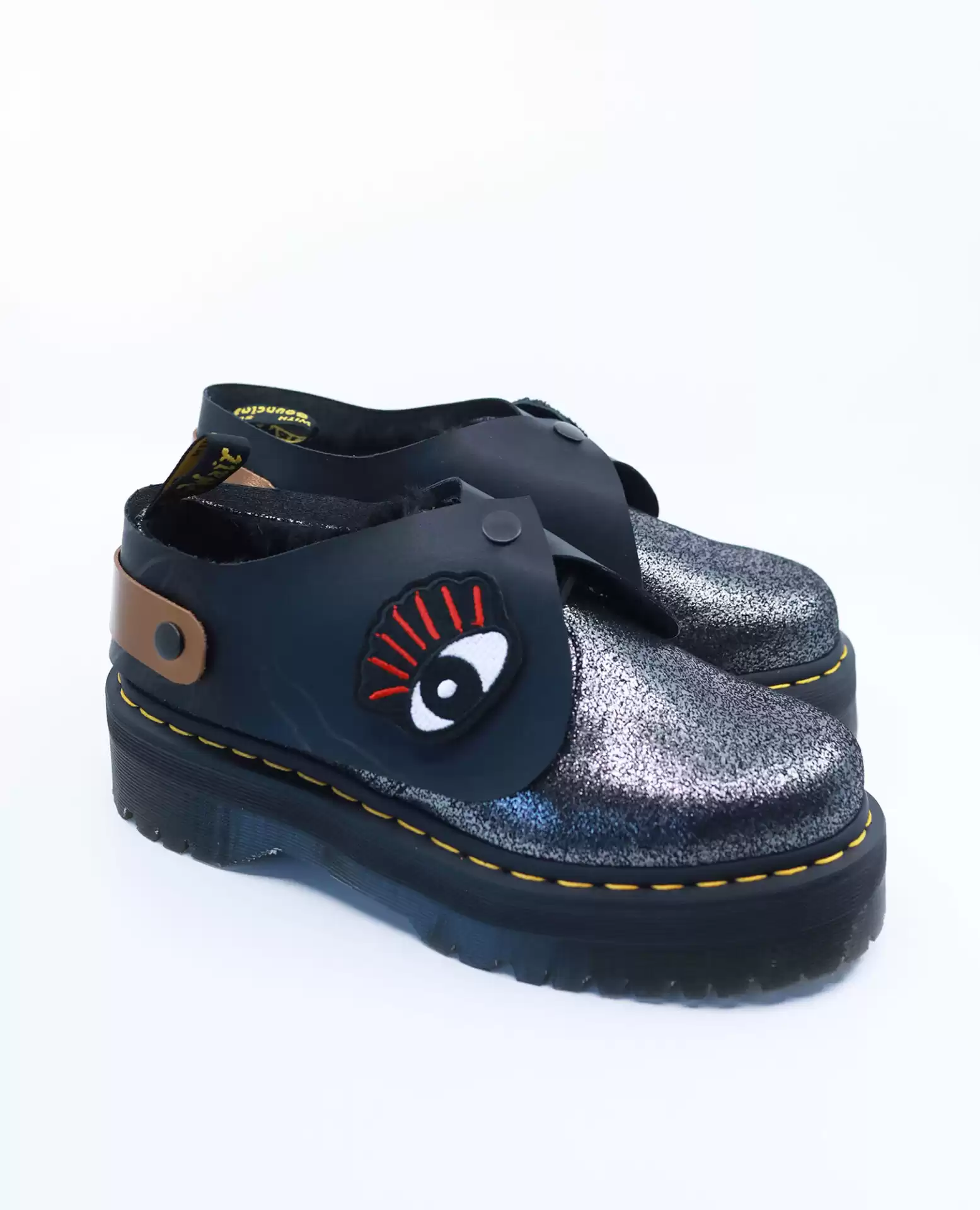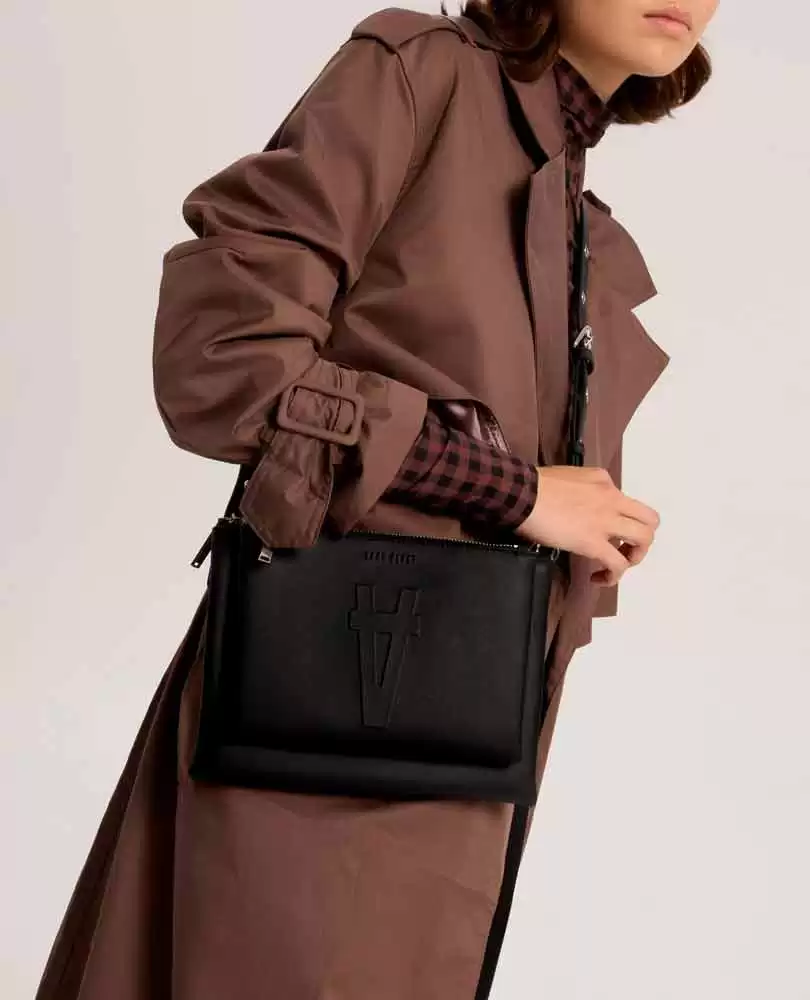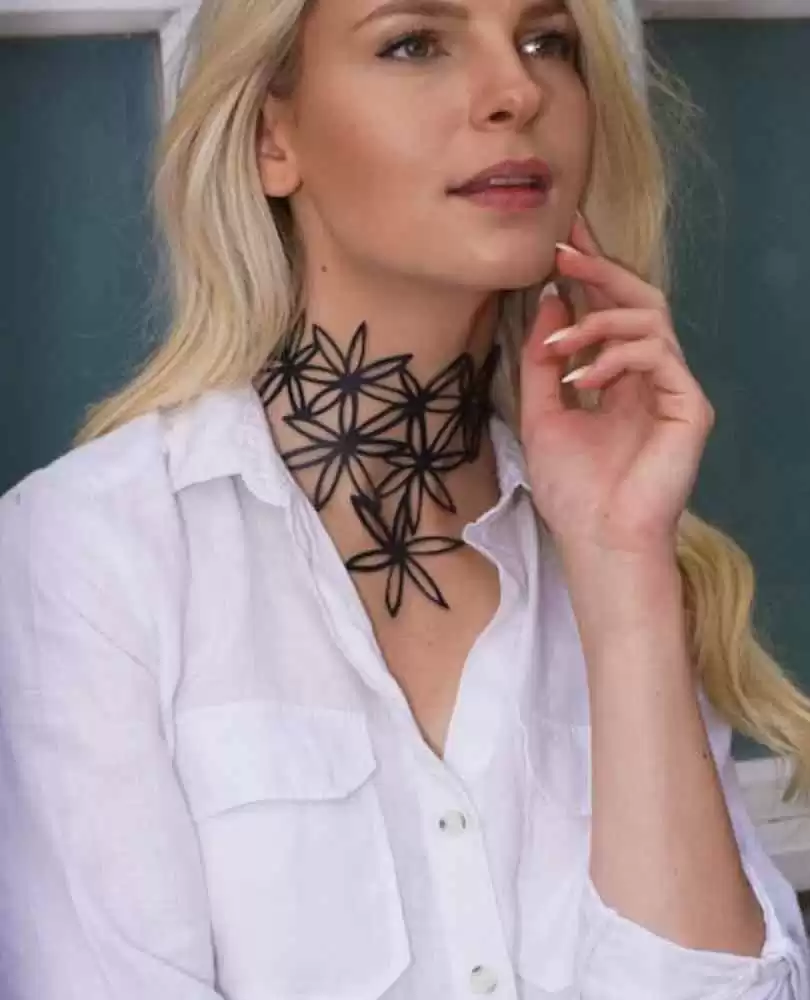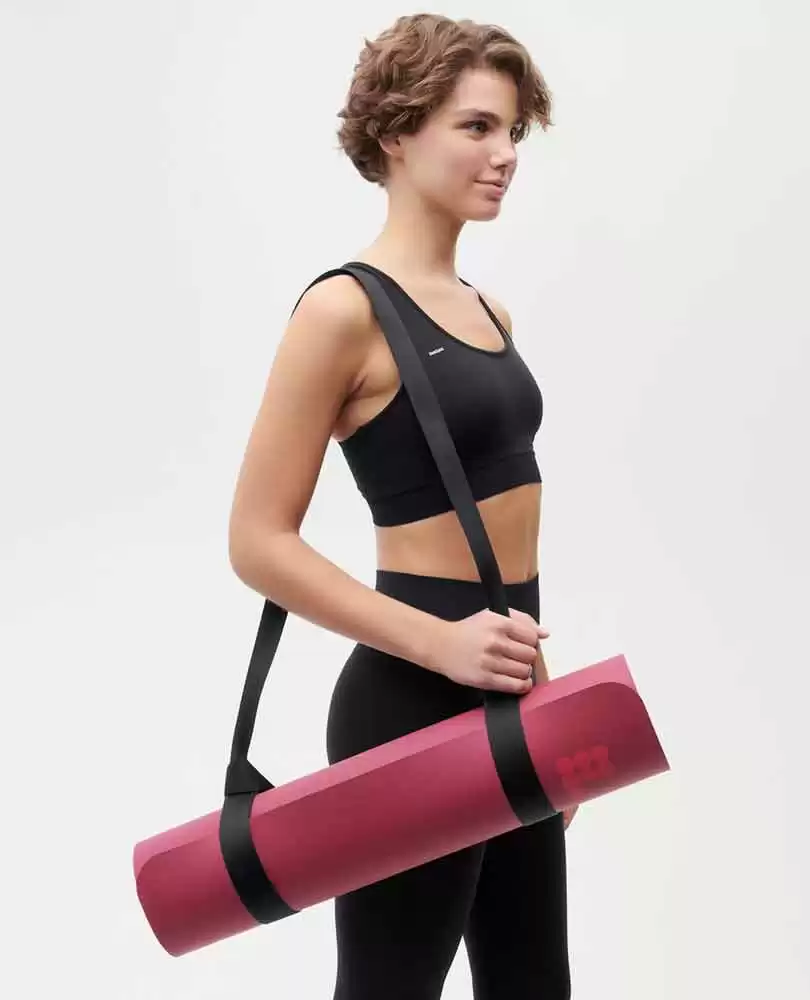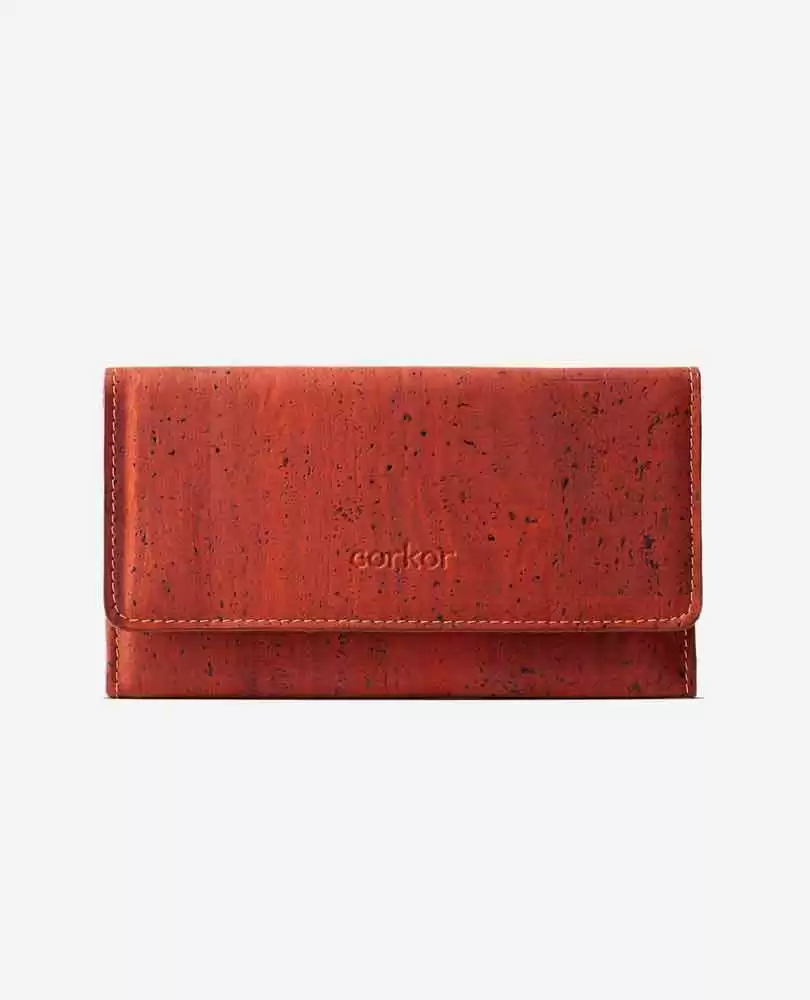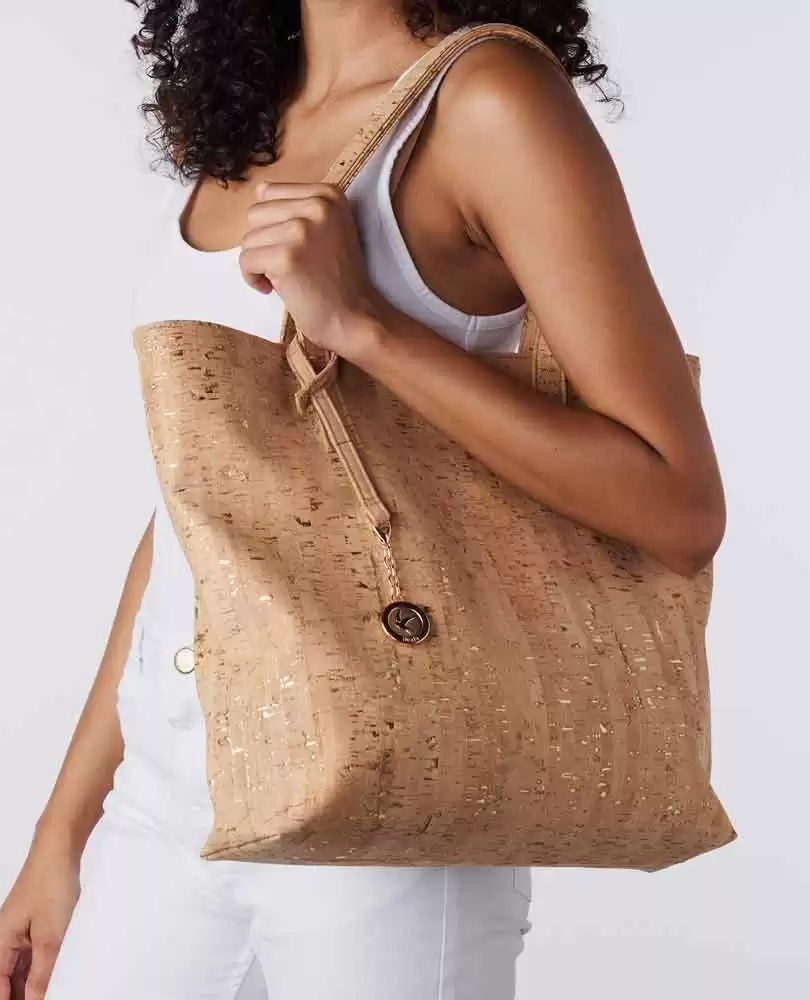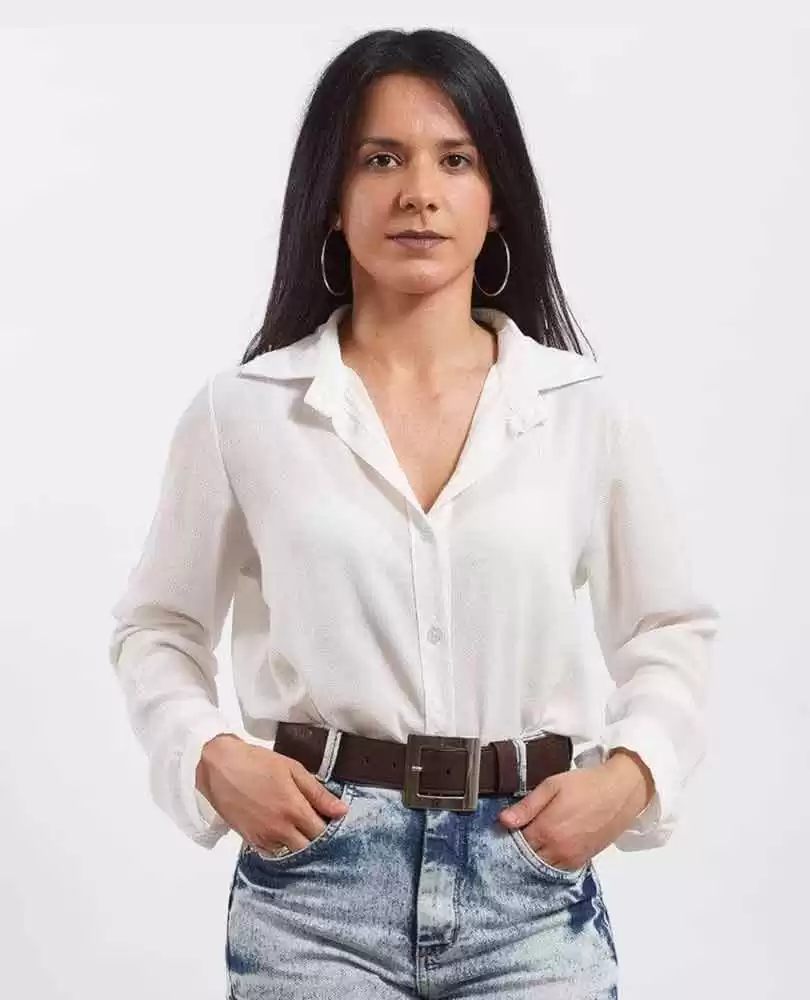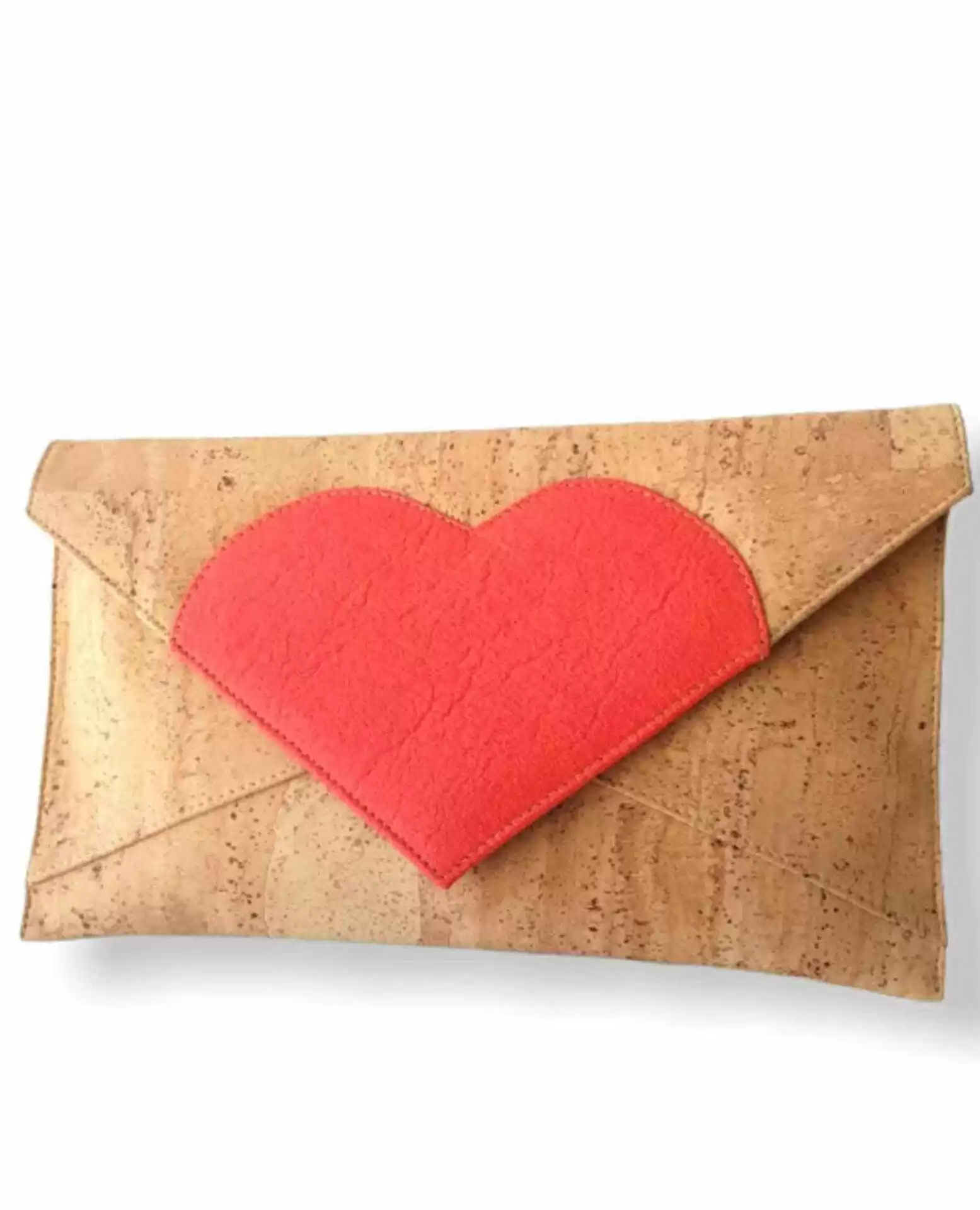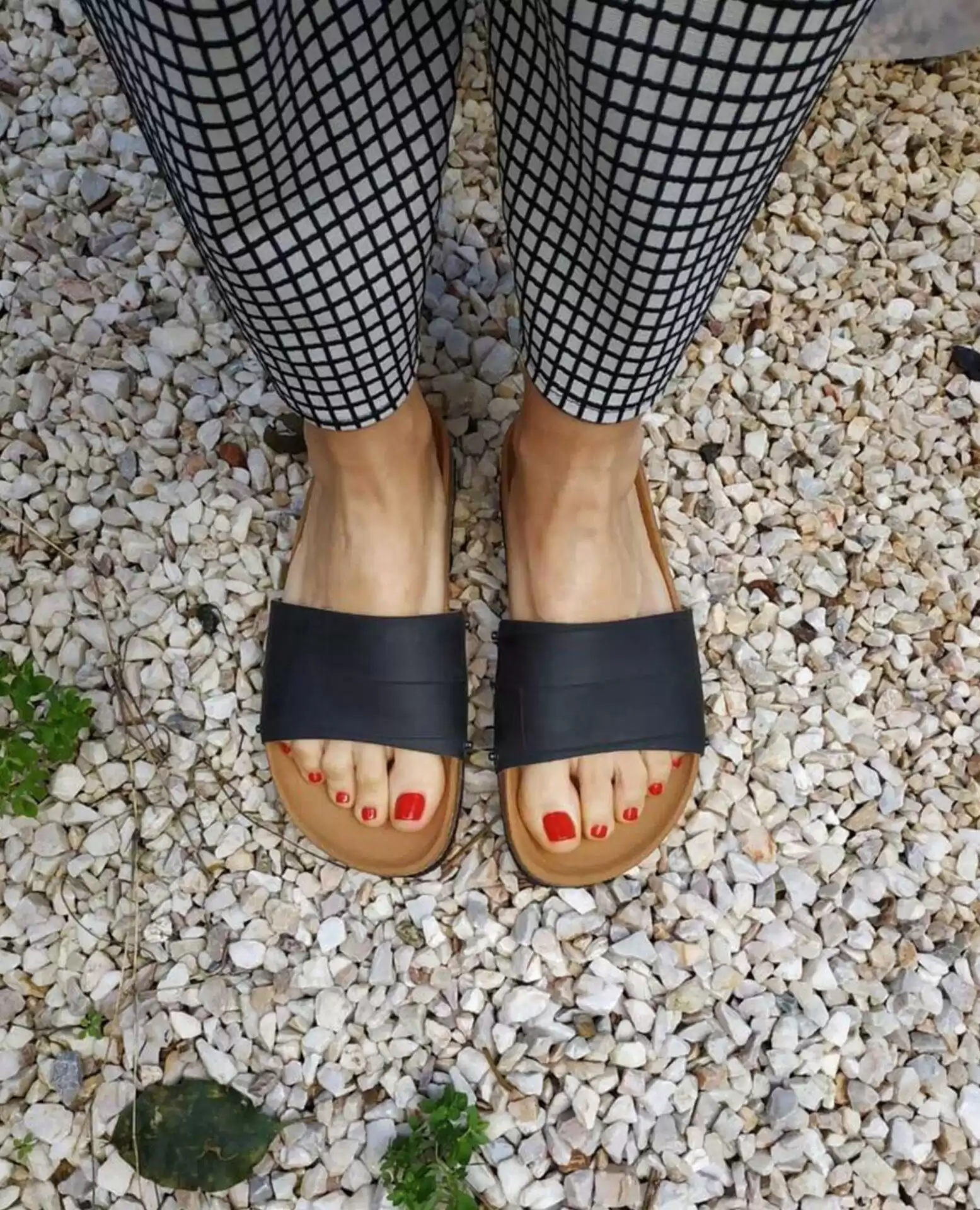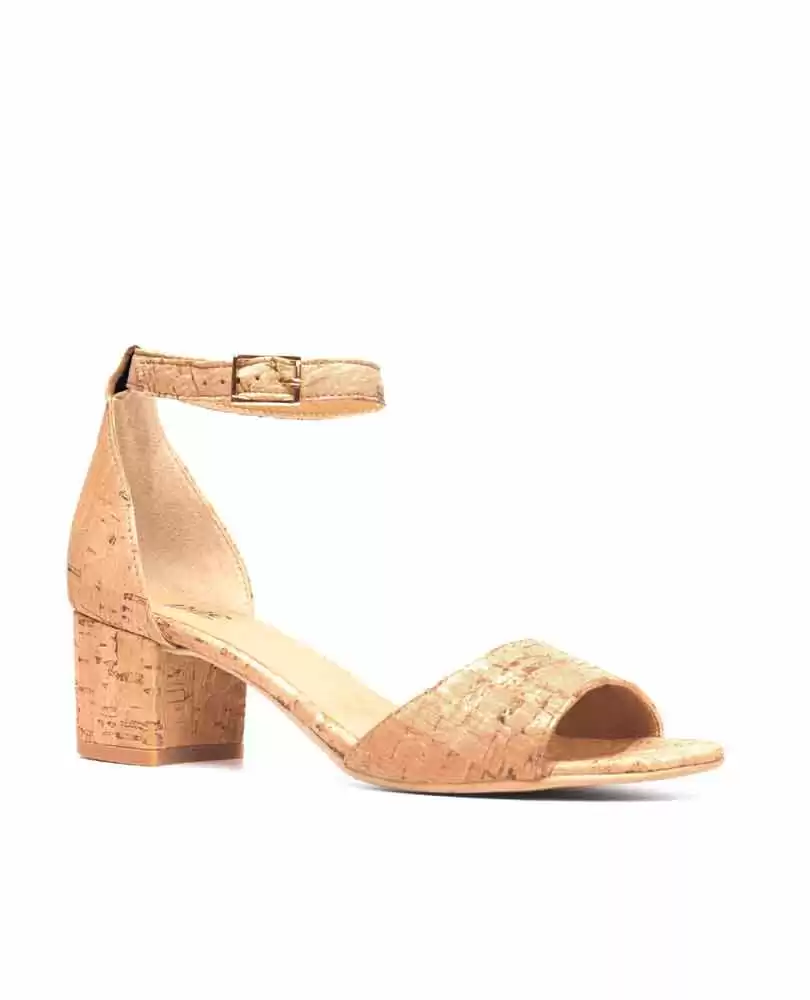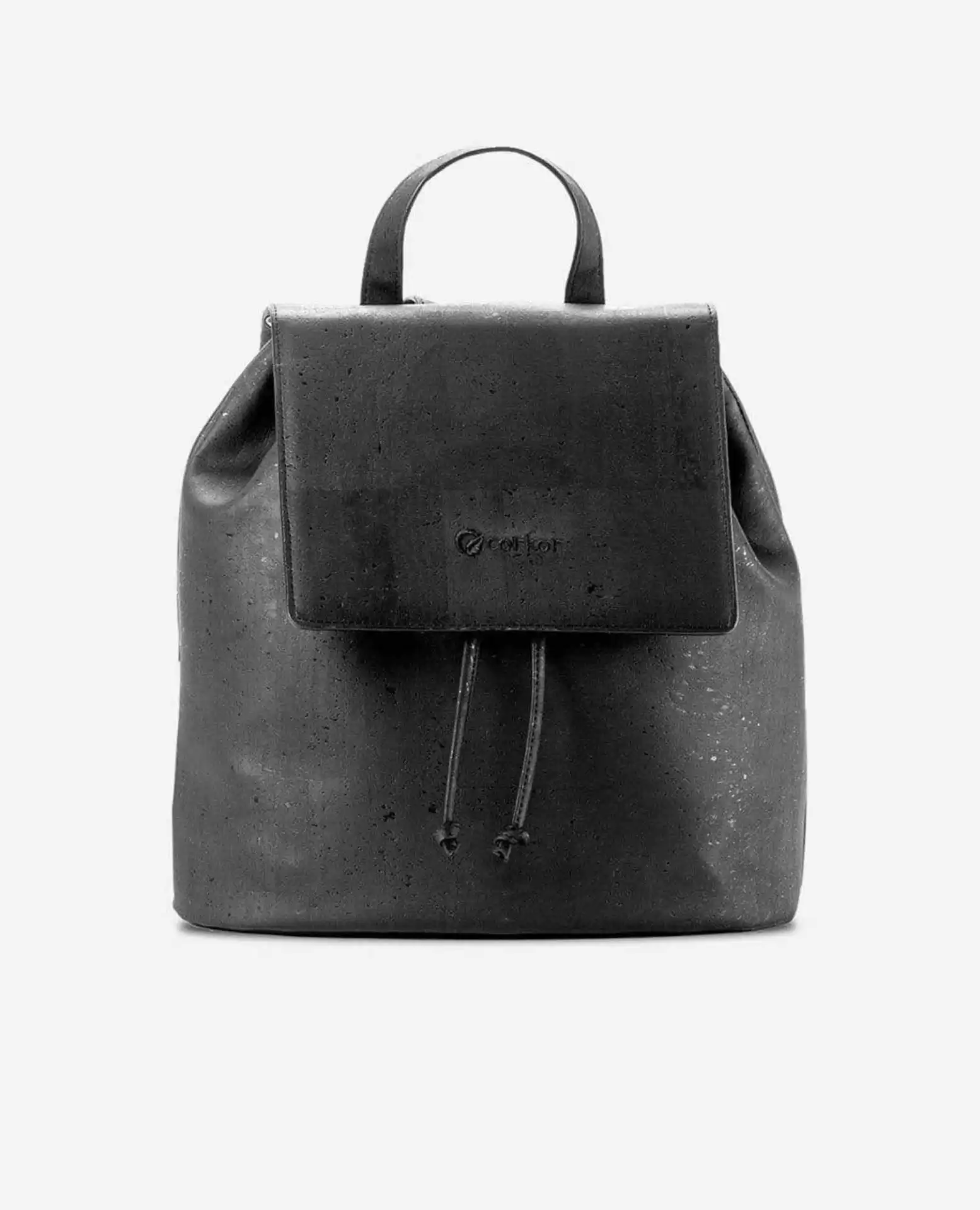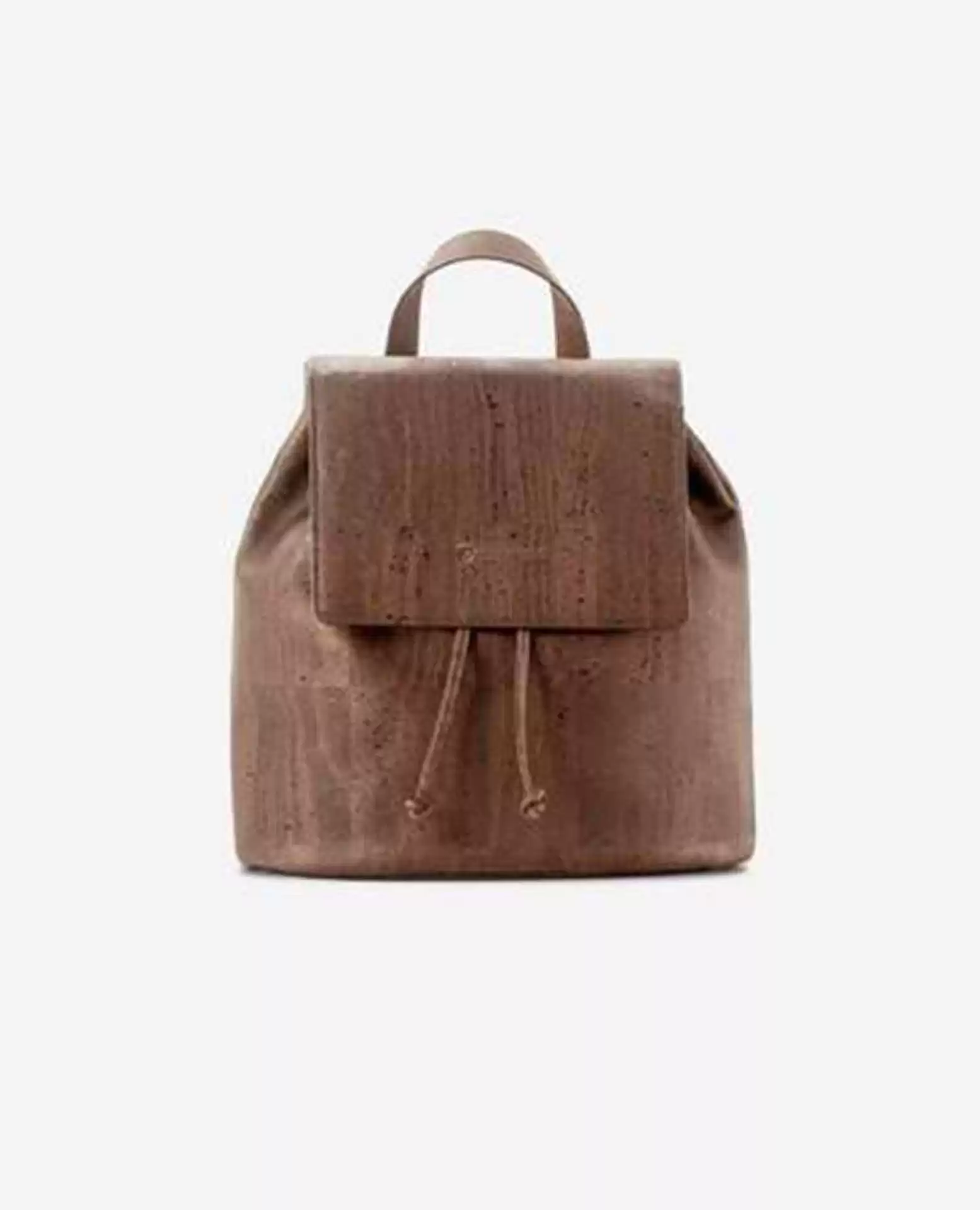01 Feb Top 10 Leather Alternatives You Need To Know in Eco Fashion
Leather has been around since the dawn of humanity, sheltering our ancestors from inclement weather and providing cozy shelters. Fast forward thousands of years, and we are still raising animals for dairy, meat, and wool. Not only that though – half of leather produced today makes up our shoes, 25% – clothing, and 15% – upholstery. We slaughter not only cattle, calves, sheep, goats, lambs, but also exotic animals like crocodiles, zebras, kangaroos, elephants, and snakes.
So, what’s the problem?
The United Nations stated that raising livestock produces more greenhouse gases than the entire transportation sector – cars, planes, ships, – combined. Also, methane produced by livestock is 86 times more destructive for the environment than carbon dioxide released by cars we drive. And that’s just the beginning of the story. Most of the leather produced in the US and globally is tanned with hazardous chromium. The process of tanning prevents the leather from biodegrading because it stabilizes the collagen and protein fibers. Then there’s also all this toxic solid waste that chrome-tanning facilities generate.
You can learn more about it from the documentary Cowspiracy: The Sustainability secret.
Video сredit: COWSPIRACY: the sustainability secret on Youtube
But enough shock therapy – we are here to talk about how you can make your own unique contribution to the solution. All you need to know about leather is this:
Leather production is very harmful for the environment, but there are at least ten amazing leather alternatives made from cactuses, cork, recycled rubber, mushroom and pineapple leather, coconut and even apple.
So, the good news is that there are leather alternatives – made of pineapples, apples, recycled rubber, coconuts and even coffee. There are also innovative biotech companies like Ecovative Design that use fungi to create bio-friendly alternatives to polyester. Let’s look at some of them in detail.
Disclaimer: Sparkpick has affiliate partnerships and may receive a share of the revenue from your purchase at no additional cost to you. Thank you for supporting our work and sustainable fashion.
Vegan leather
A word about “traditional” vegan leather. For the most part, especially in the fast fashion world, vegan leather is produced with PVC and polyurethane. These are plastic and petroleum-based materials. While they are not directly harming animals in the production process, they can still take years to degrade, which is not the best news for the environment. Fortunately, emerging technologies allow polyurethane to be more eco-friendly. For example, it can be recycled.
Pineapple leather (Pinatex)
Love pineapples? Pineapple leather is perhaps one of the most well-known leather alternatives. Made from pineapple leaf fibres in in the Philippines and created by an innovative textile maker Ananas Anam, Pinatex is famous for its durability, flexibility, and softness. In addition to being 100% eco-friendly material, it also supports local farming communities. Now they can make money from all that pineapple waste!

Pinatex has already been picked up by the clothing industry, and companies like Nae and Bohema Clothing do wonders with it – their shiny heels are a symbol of the bright sustainable future. And yes, you can even get a pineapple watch from Votch.
MuSkin mushroom leather
As you have guessed correctly, mushrooms also have skin – the skin that can and hopefully will serve as a leather equivalent some day. MuSkin is made from the caps of mushrooms with the sophisticated name Phellinus ellipsoideus. It’s environmentally friendly not only because it’s vegan and uses a safe and non-hazardous tanning process. These mushrooms live in subtropical forests and feed off the tree trunks they reside on.
Durable, biodegradable, waterproof, and non-toxic, MuSkin has started being widely used by the first fashion innovators. For example, the German team Nat2 manufactures their own fungus leather to create a famous Fungi sneakers line.
Even though MuSkin is flexible in a way that one can grow different fungus sizes depending on the required design, one of the cons is that the material is still relatively rare. The amount of quality mushroom leather that can be produced on a monthly basis is still pretty small. So, we still have a couple years to go before we adapt to the new mushroom fashion reality.
Learn about how one small Indonesian company – Mycotech – is overcoming critique and business challenges.
Video credit: CNA Insider on YouTube
Corn leather
Corn leather is also considered the next-generation material because it combines organic plant material and PU. Depending on the amount of plant content used, a garment can be used for different applications. For example, a corn-based material with 30% plant content is often used for small accessories such as wallets and card holders because it has the ideal thickness for folding. The corn-based material used to make handbags is thicker and often has up to 45% bio content which gives a bag more structure. With this in mind, corn-based materials are a great choice when compared to next-generation cactus leather (30% plant content) and apple leather (up to 27% plant content).
The corn used for making corn leather is a non-food grade crop, which offers a peace of mind: it doesn’t divert food resources from human or animal supply chains. After corn is harvested, it undergoes a fermentation process to extract dextrose, which doesn’t require the use of petrochemicals. The extracted dextrose is then used to create a polymer, and the polymer is later formed into “pellets” that can be extruded and used to make fabrics. The result is a smooth material with a feel like that of traditional goat skin leather that is used to produce beautifully crafted garments and accessories for our everyday wear.
Apple and grape leather
An apple wasn’t just the inspiration for Sir Isaac Newton or Steve Jobs. It was an inspiration for another brilliant idea that landed in the minds of the creators of Happy Genie company in 2017. What do you do with the apple waste left from harvesting? You make bags! Some other companies nailing it are Nuuwai and Veggani while others are exploring grape leather. Apple and grape leather look similar to real leather but feel a bit like paper, which gives manufacturers more flexibility when it comes to designing products.
Coffee leather
Coffee has the magic to not only keep us mentally active but also physically. If you want your shoes to smell like a freshly brewed cup of roasted coffee, consider coffee leather. The German company Nat2, a pioneer in eco-friendly luxury footwear since 2007, is definitely up to something great with their coffee sneakers. A full half of the 100% vegan shoe is made of recycled coffee, coffee beans and coffee plant; the insoles – from antibacterial cork, and the outsoles – from rubber.

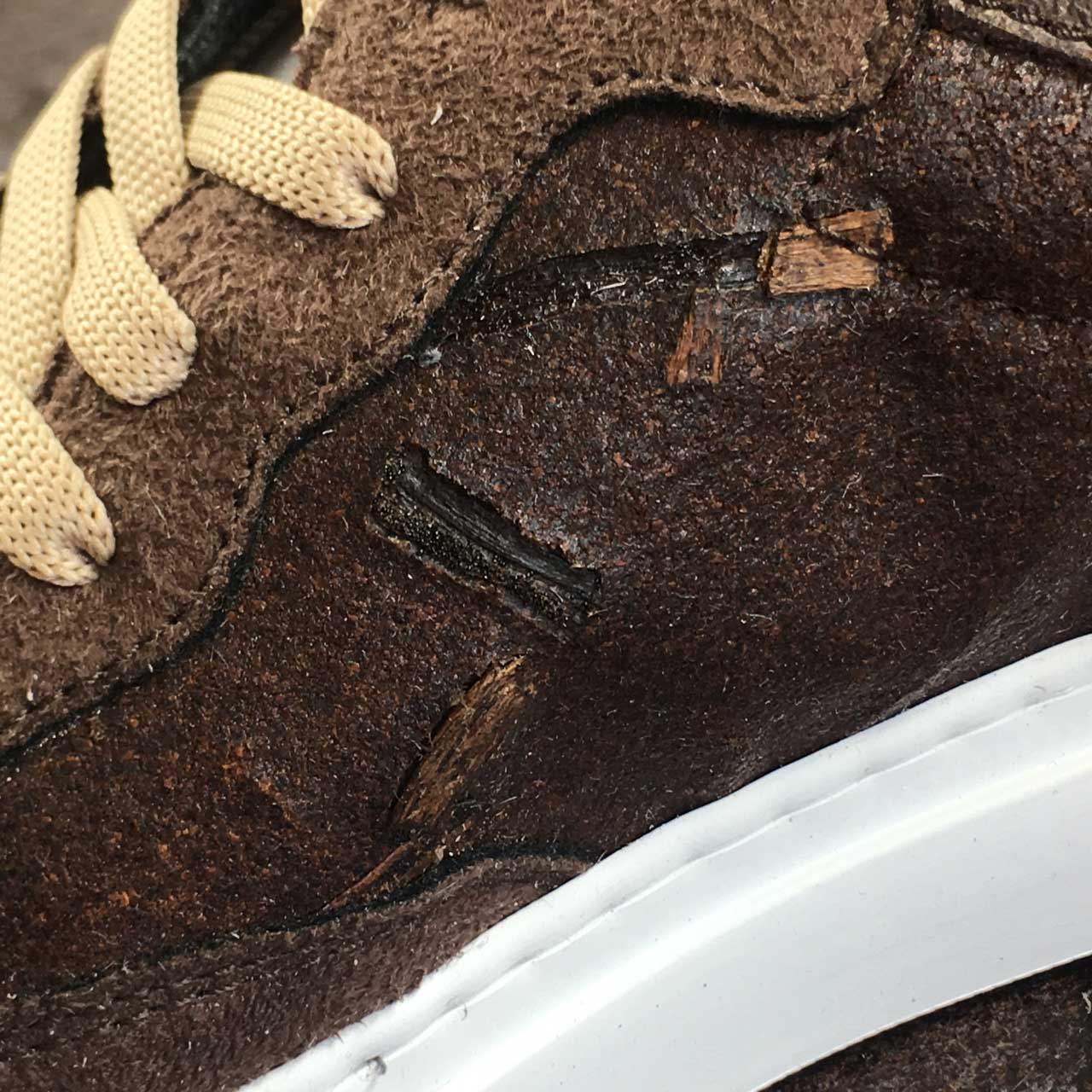
Cactus leather
The story of cactus leather began with Adrián López Velarde and Marte Cázarez who left their jobs in fashion and automotive industries to make a meaningful impact. In October 2019, in Milan they showcased Desserto – vegan leather made of nopal, or cactus. This material is elastic, flexible, breathable, and partially biodegradable. It’s already available through their website for use in handbags, footwear, and garments.
Video credit: Adriano Di Marti on YouTube
Rubber
If you like accessories with sturdy leather, rubber in general and recycled rubber might match leather in terms of texture and density. It’s produced with zero animal cruelty and no longer requires cutting trees. Because it’s mostly synthetic, keep in mind that it will not biograde easily, so make sure not to part with your cute accessories from Laura Zabo made of recycled tires, and rubber flip flops from Indosole for a while. Checkout Elvis & Kresse, a small British craftsmanship team who has been rescuing abandoned and decommissioned fire hoses from landfill since 2005 and using them in various lifestyle accessories.
Waxed cotton
Waxed cotton – another great alternative to leather – is not a newbie on the textile market. It became popular in the 1920-1950s with sailors of England and Scotland who used it as a waterproofing tool. Here cotton is mixed with a paraffin or natural beeswax that are woven into the material. This material is waterproof, is easy to wash and hard to tear, while one of the few cons is that it’s not very breathable. Denim companies 7 for all Mankind and G-Star Raw have been using it for years making their goal to use 100% sustainable cotton by 2025.
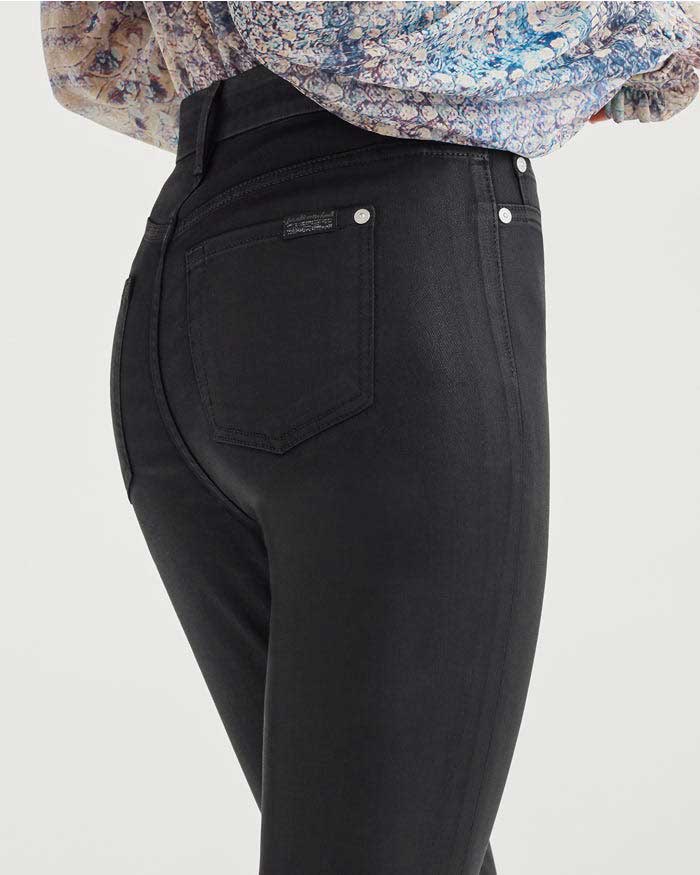
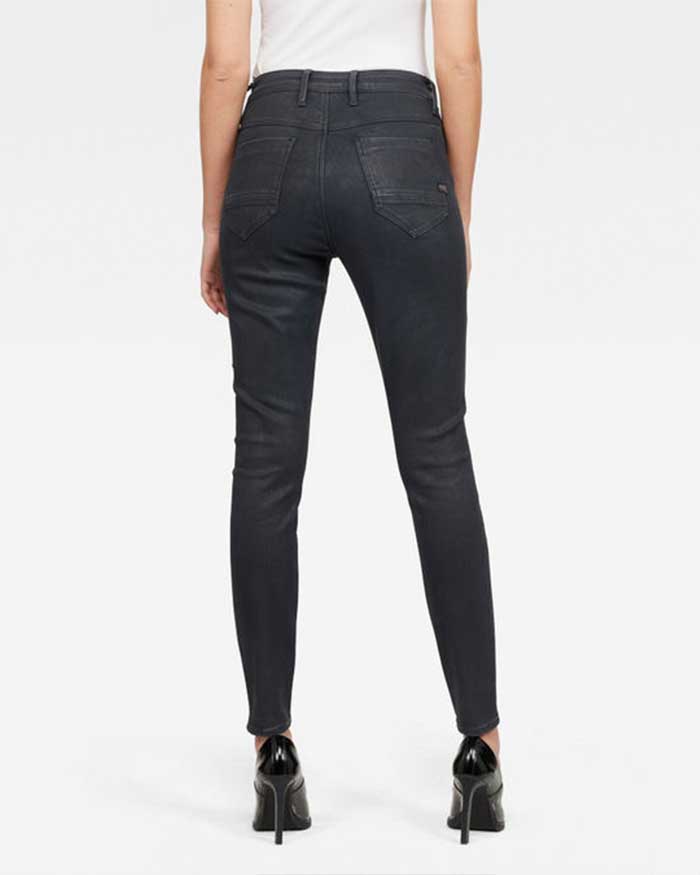
Cork
Cork has been used for a long time – cork stoppers were discovered in ancient Egyptian tombs dating thousands of years, when people were likely also wearing cork sandals, another invention of that remote time. Why cork? Cork is water resistant, durable, light and easy to maintain. Not that our ancestors cared much but it’s also recyclable and renewable. What’s also great about cork trees is that you don’t have to destroy the tree to get the goodies. A cork tree continues to live and prosper for 300 years while being harvested for its bark.
Fashion picked up cork very gladly, and now you can see cork footwear, backpacks, wallets, and belts all around.
Bio-fabricated Zoa leather (bonus)
Zoa leather is a very promising leather substitute brought to us by a team of scientists and designers, a company called Modern Meadow. Did you know that animal leather consists of collagen? The challenge Modern Meadow undertook is based on engineering a strain of yeast to produce collagen through fermentation. Pretty cool, right? No wonder the company uses the term “The Biofabrication Age” to refer to this new take on innovative leather production. The coolest thing is this: Zoa, like a skillful magician, is in the form of liquid leather; it can take any shape and is compatible with any material.
Zoa leather is not on the market just yet, but stay tuned – it does sound promising.
Video credit: Fast Company on YouTube
Those are just some of the new leather alternatives that have been rapidly emerging in the past years. We hope you are left with the thought that sustainable fashion can be fun and innovative. And who knows, maybe one day you’ll feel adventurous enough to try those apple bags or mushroom sneakers!

